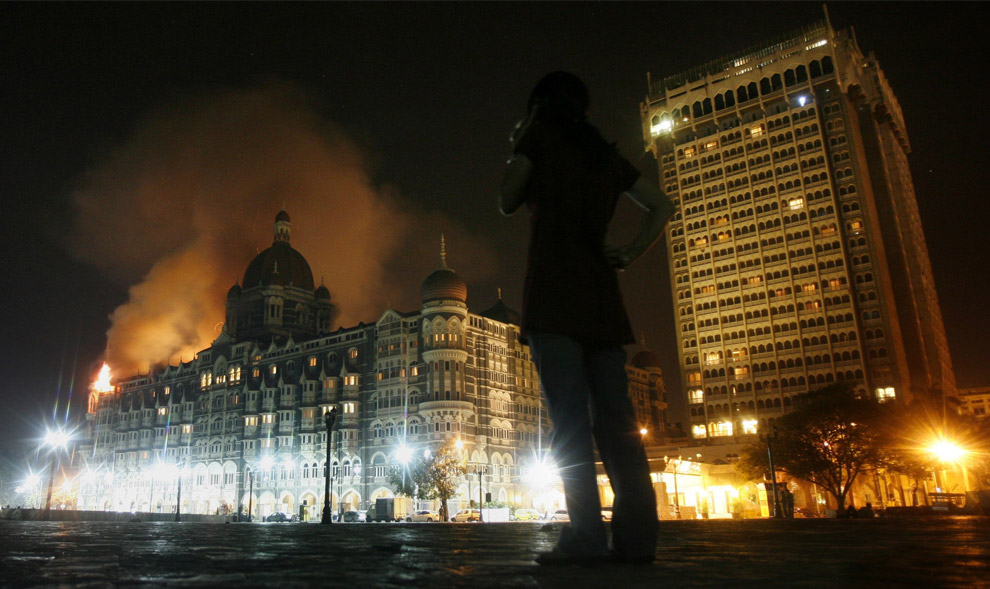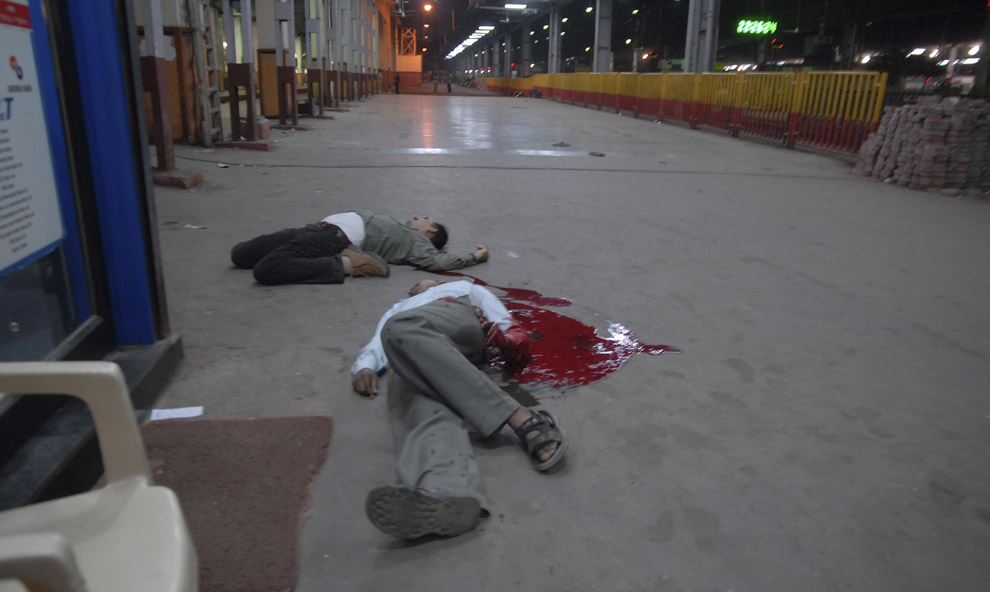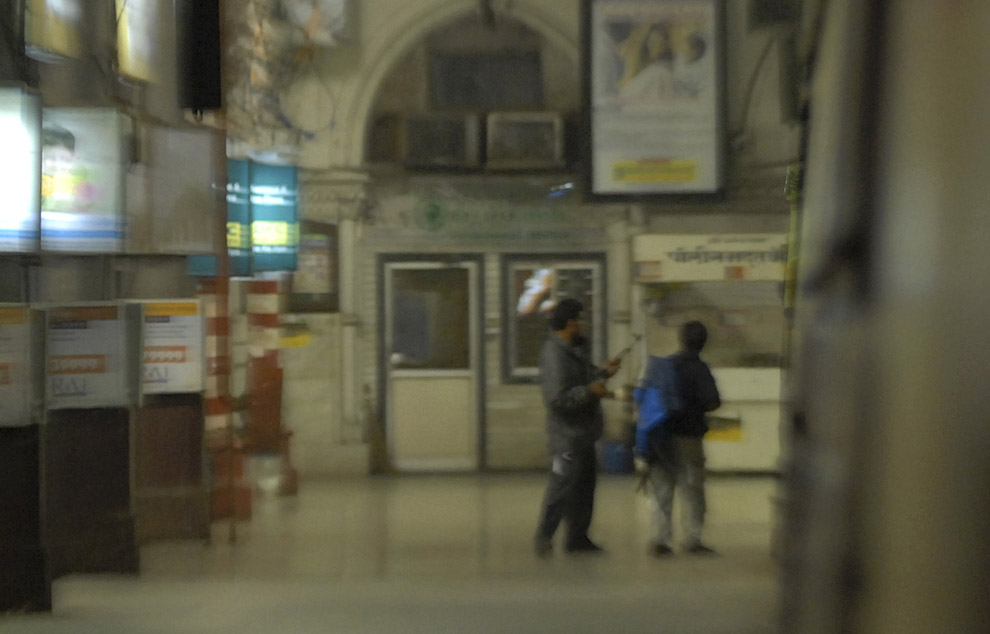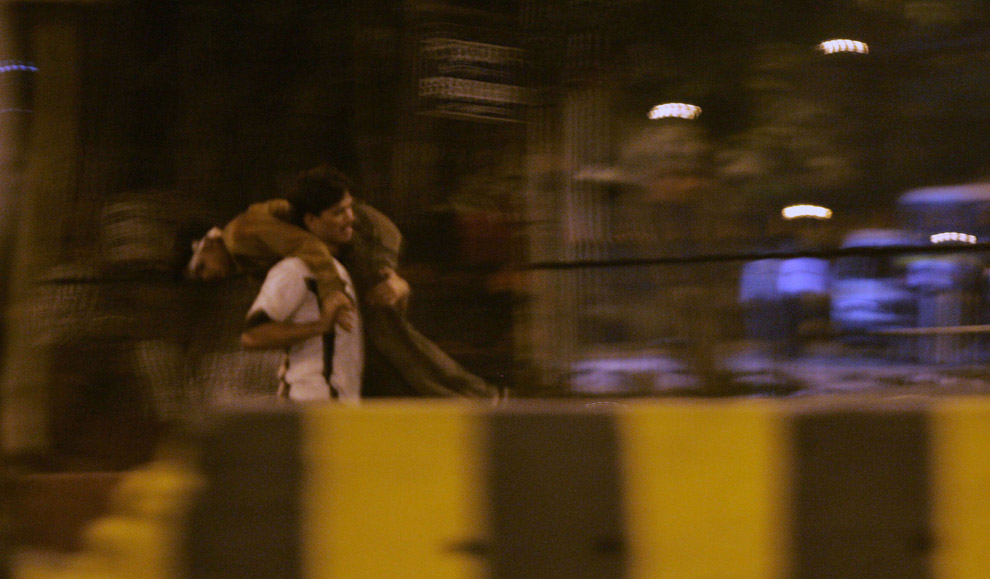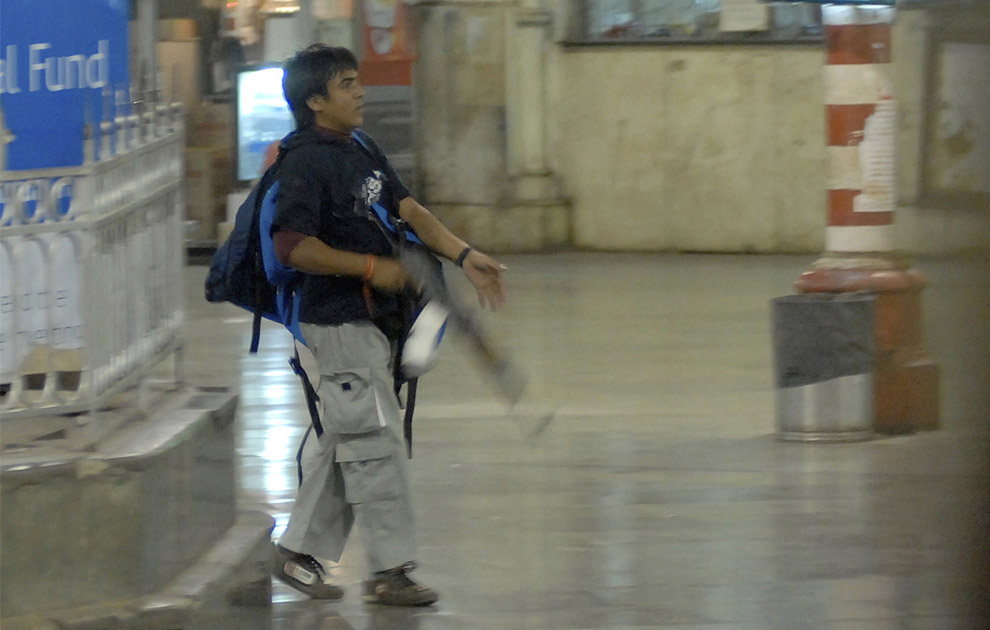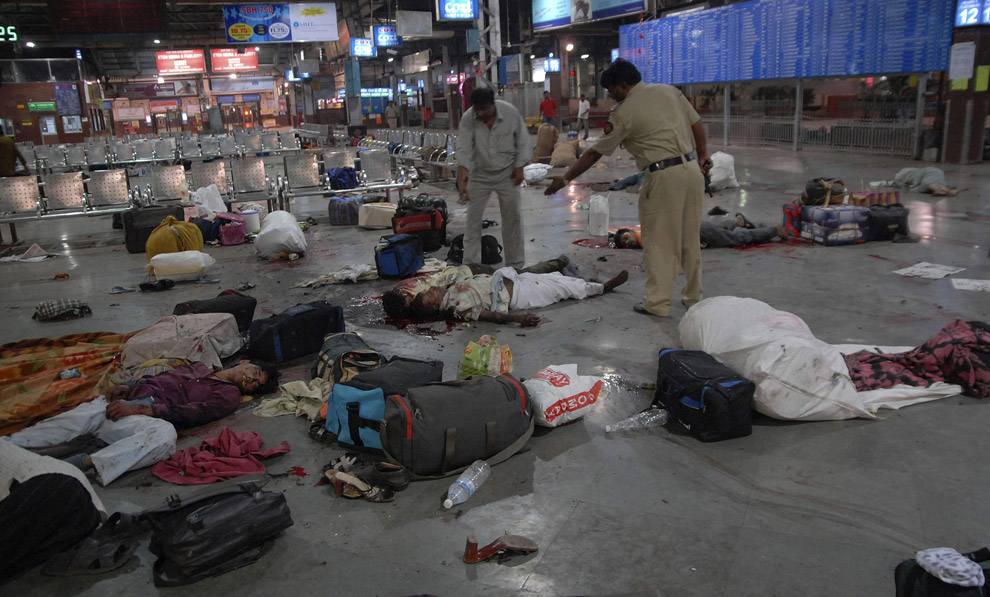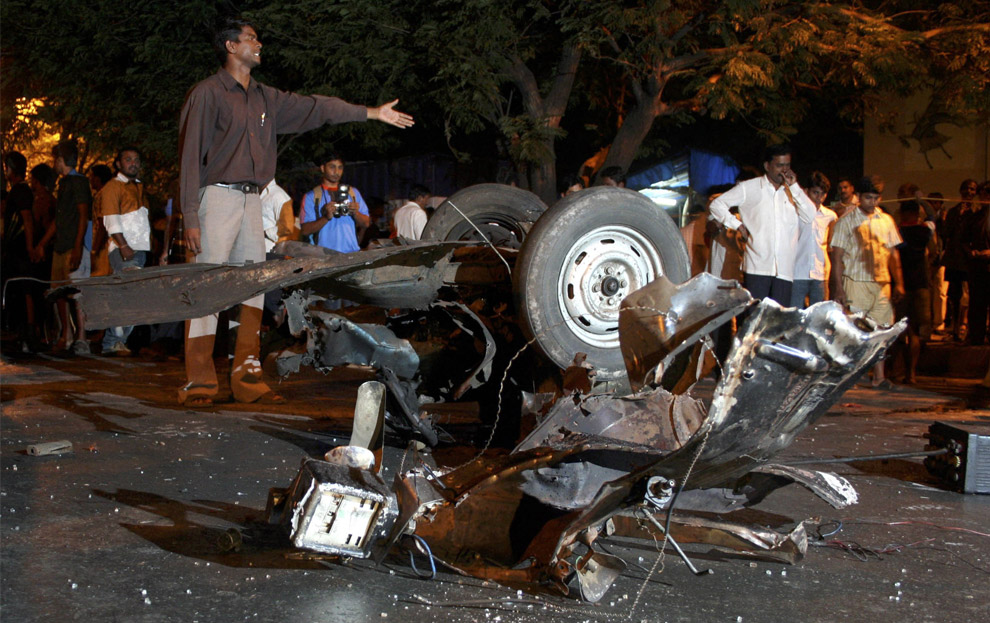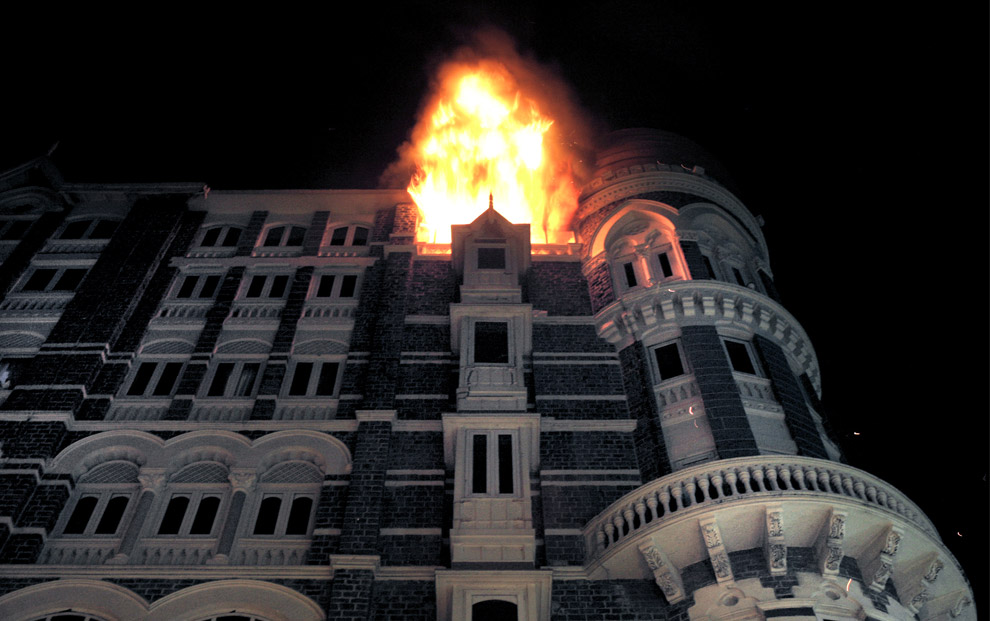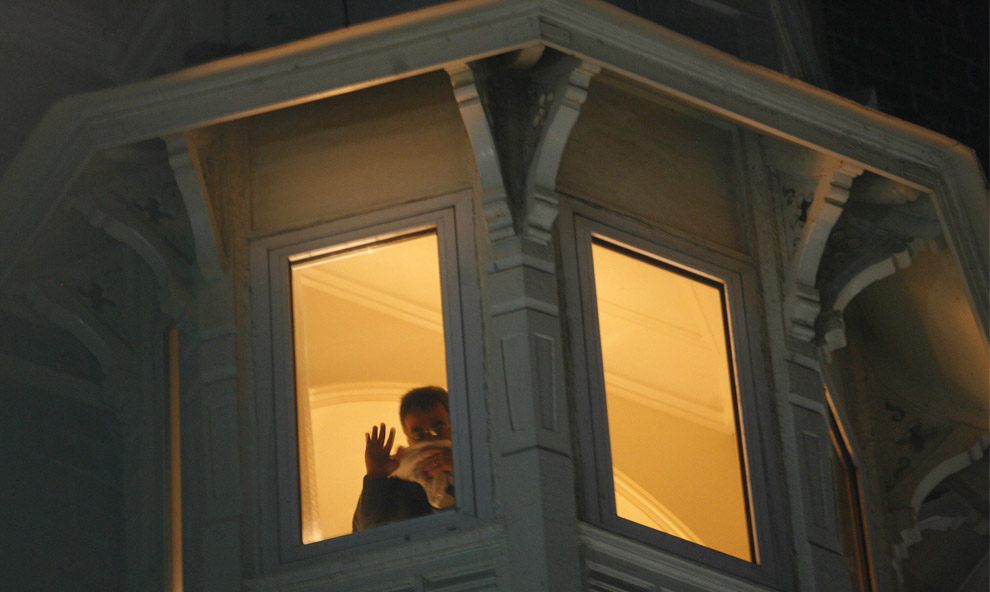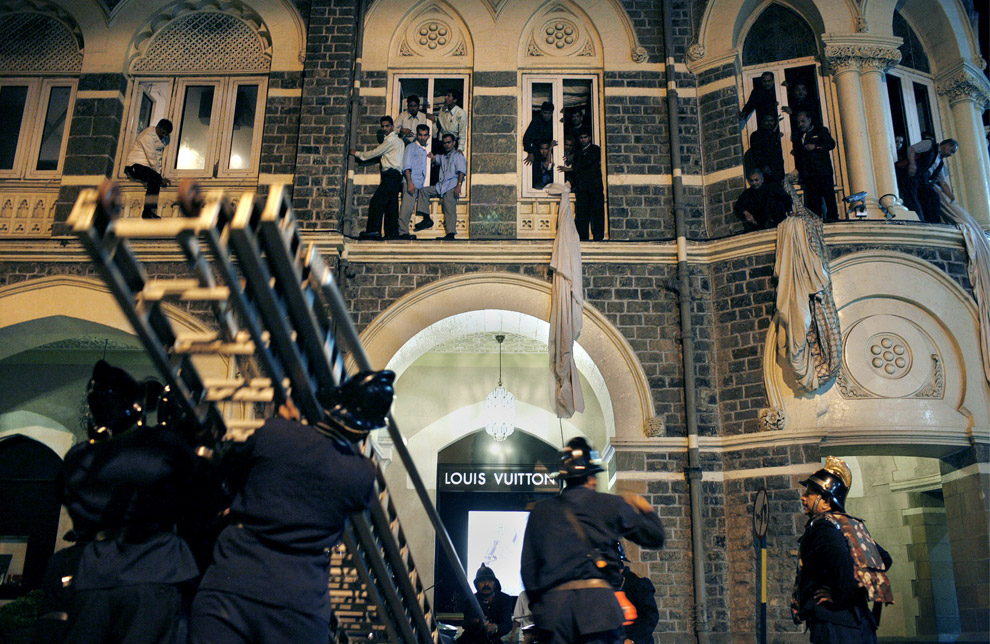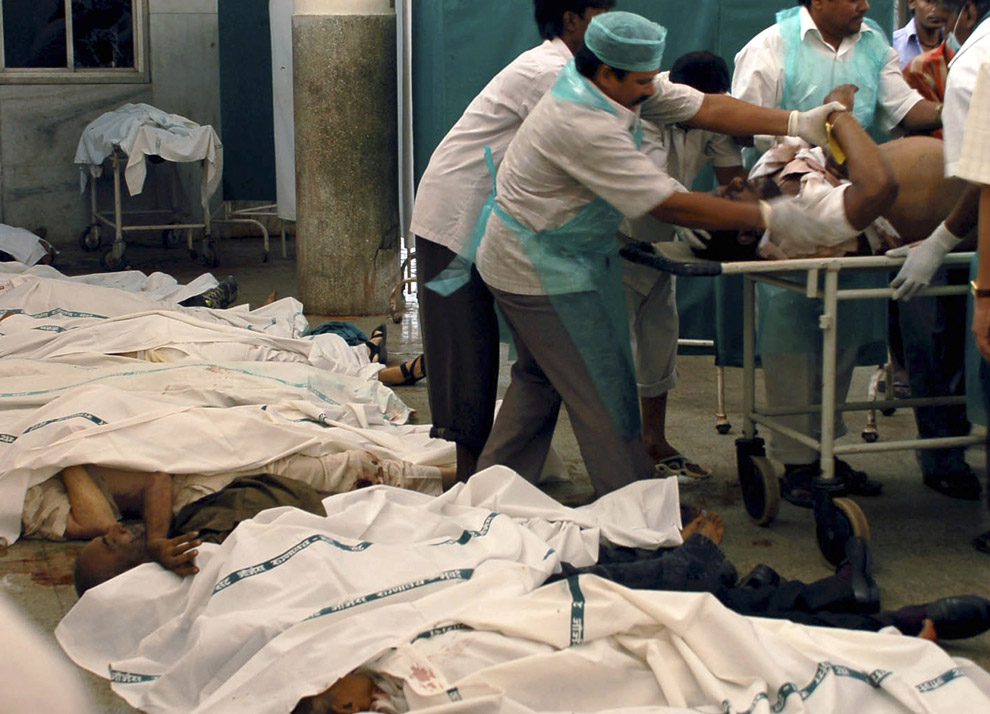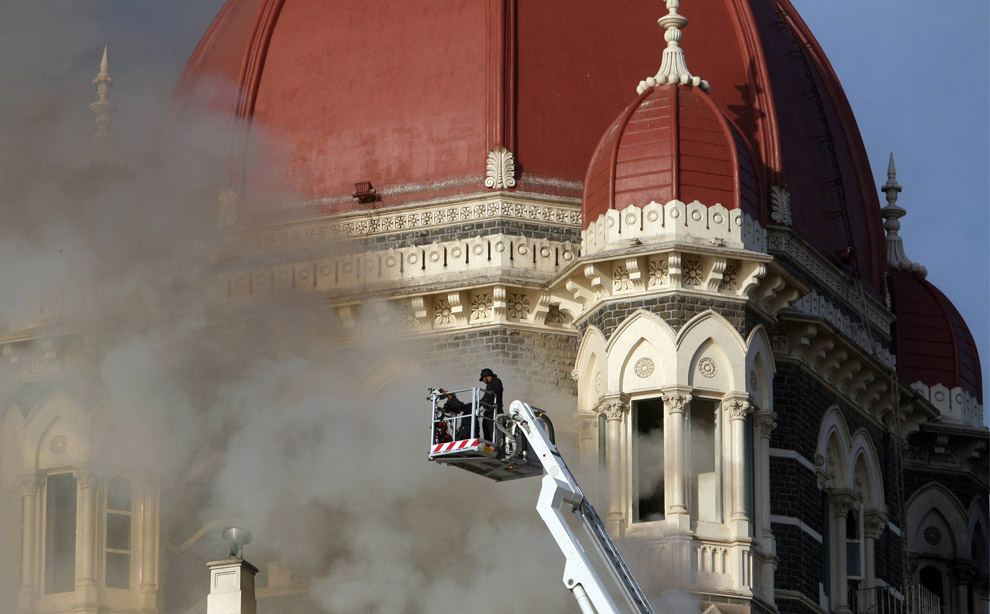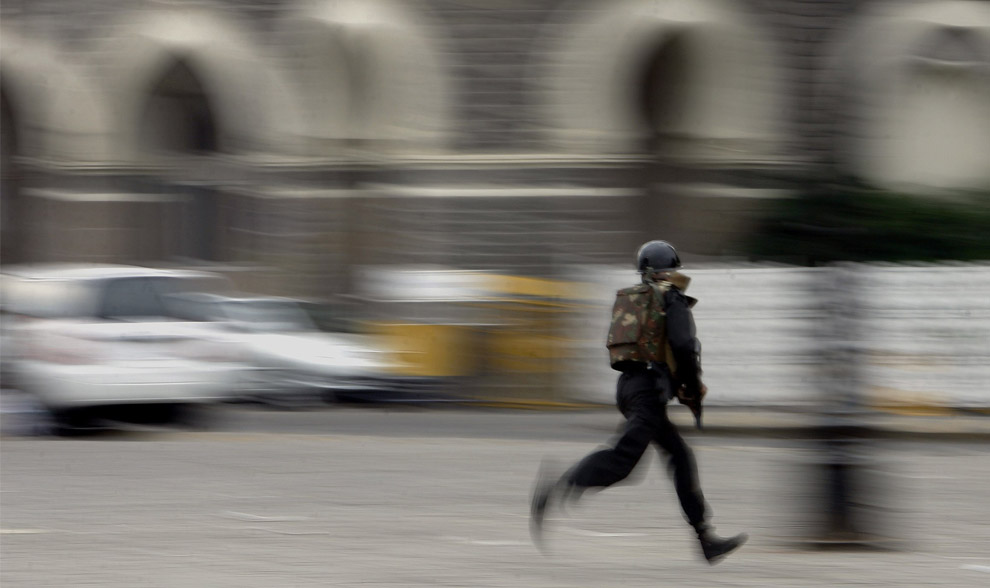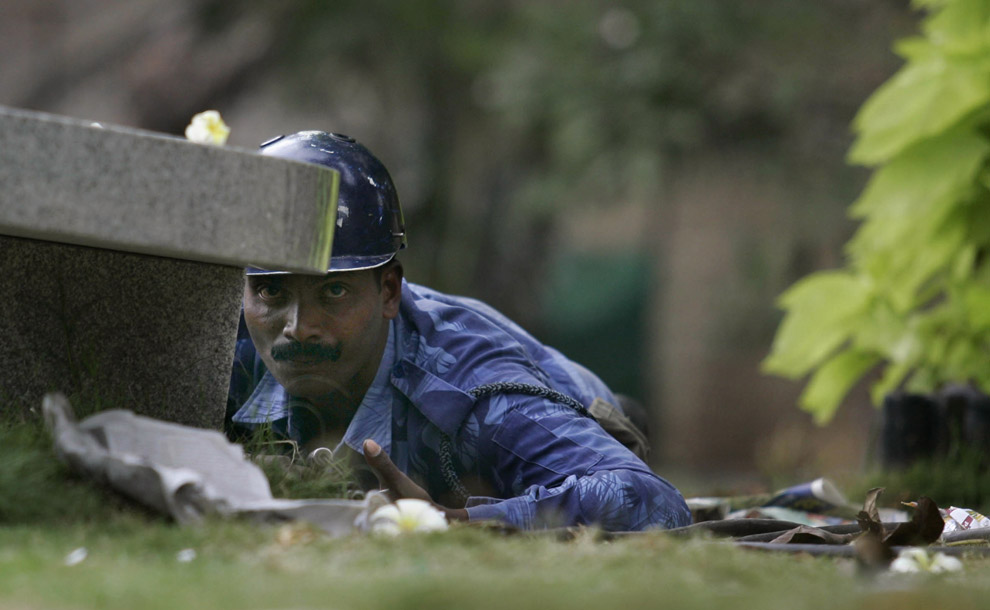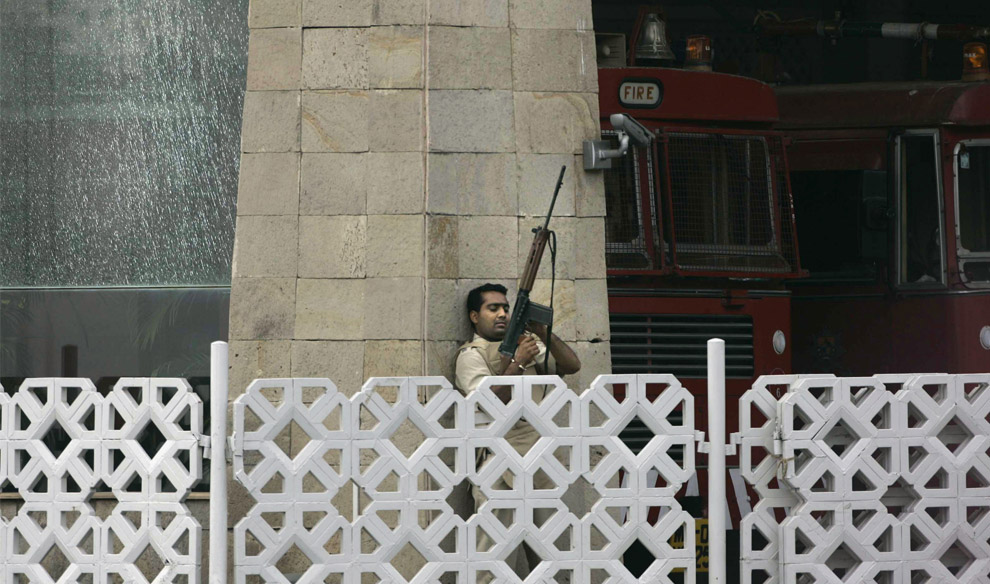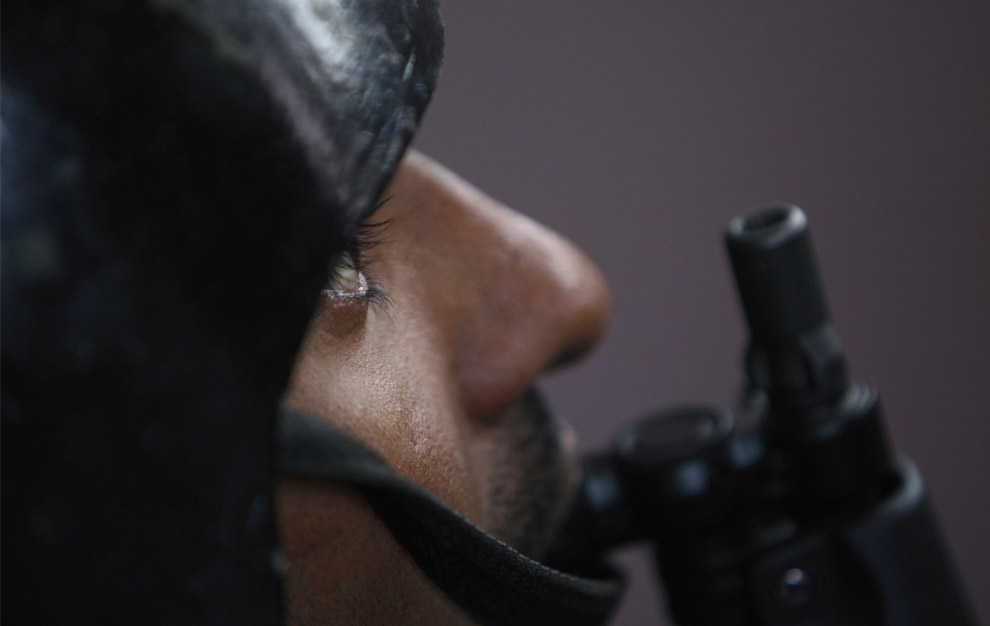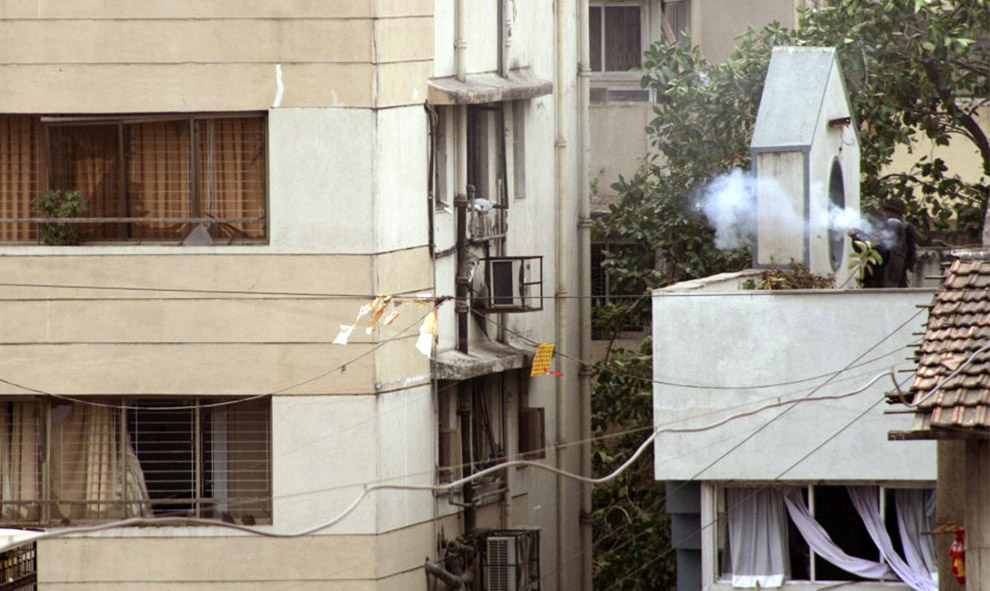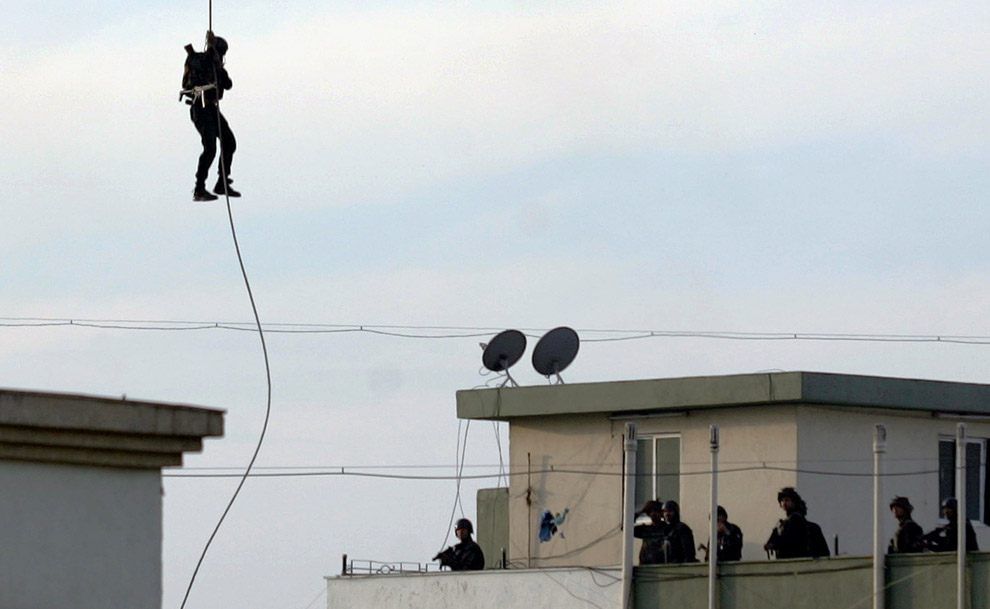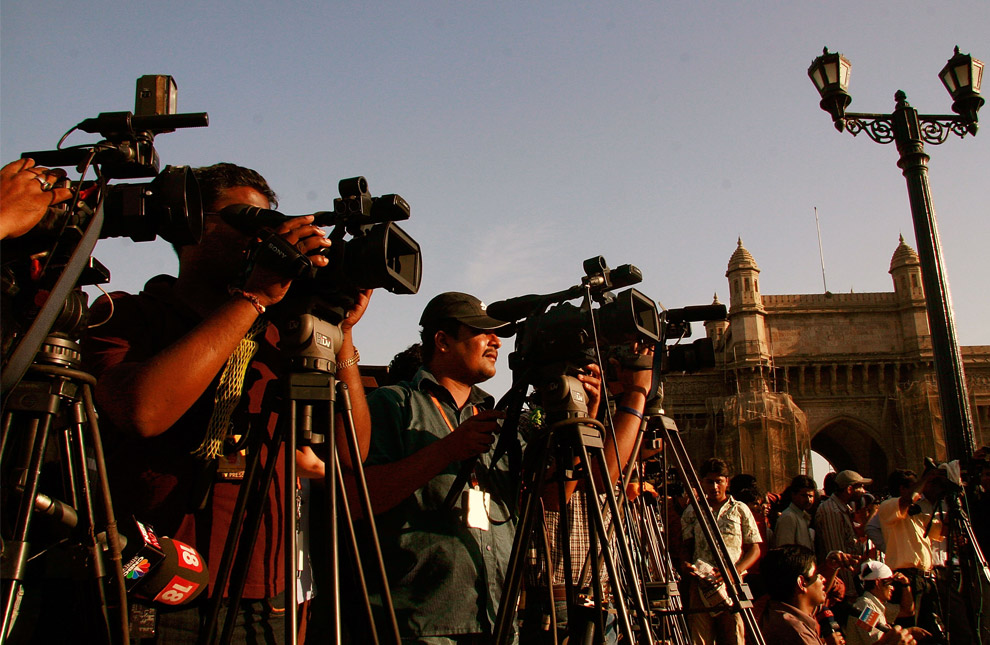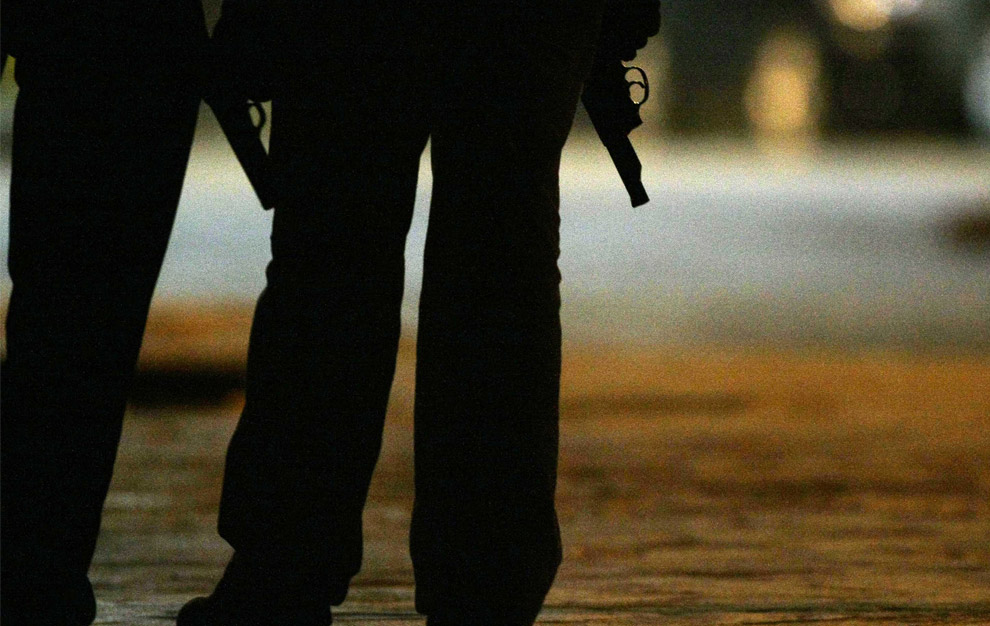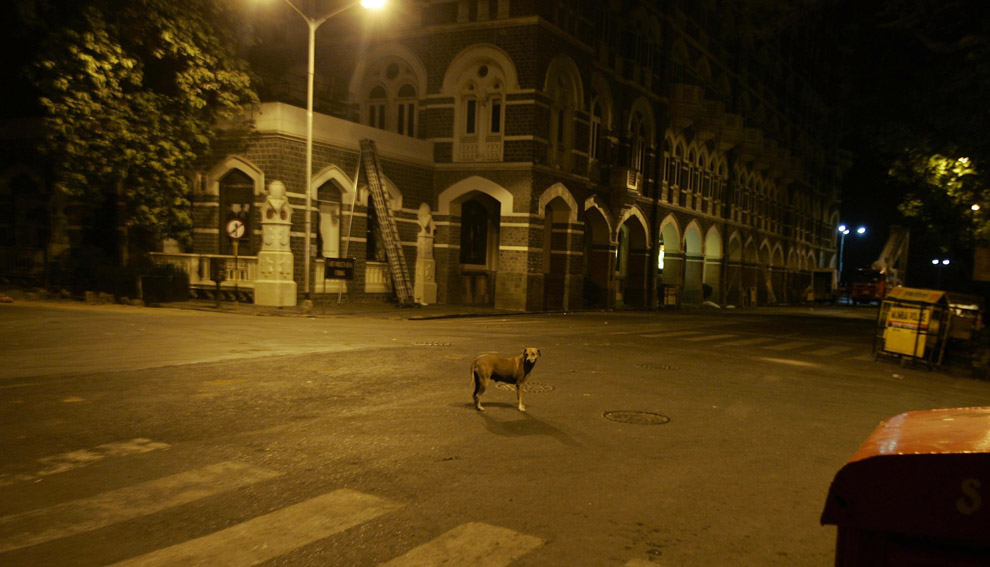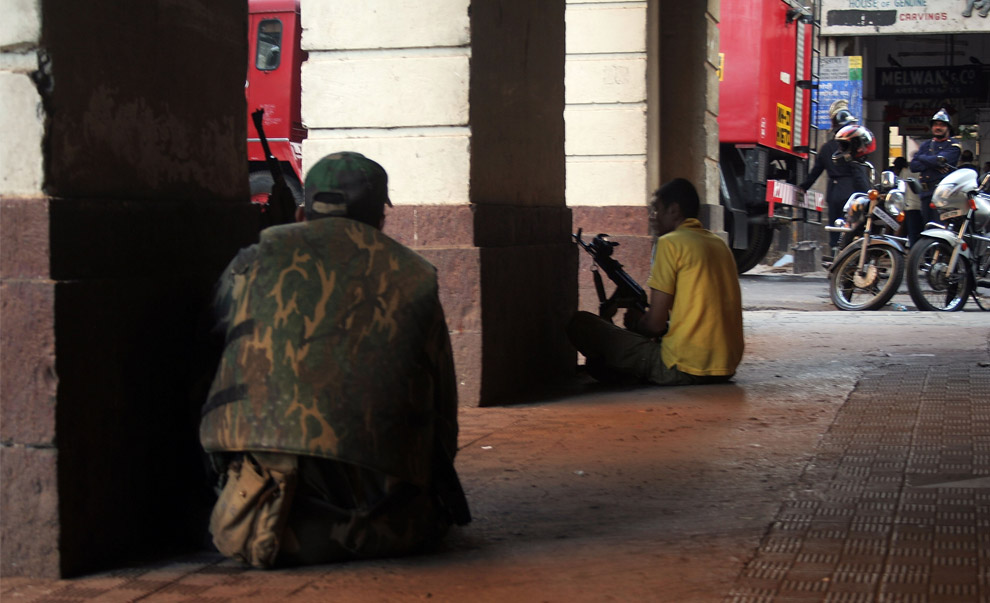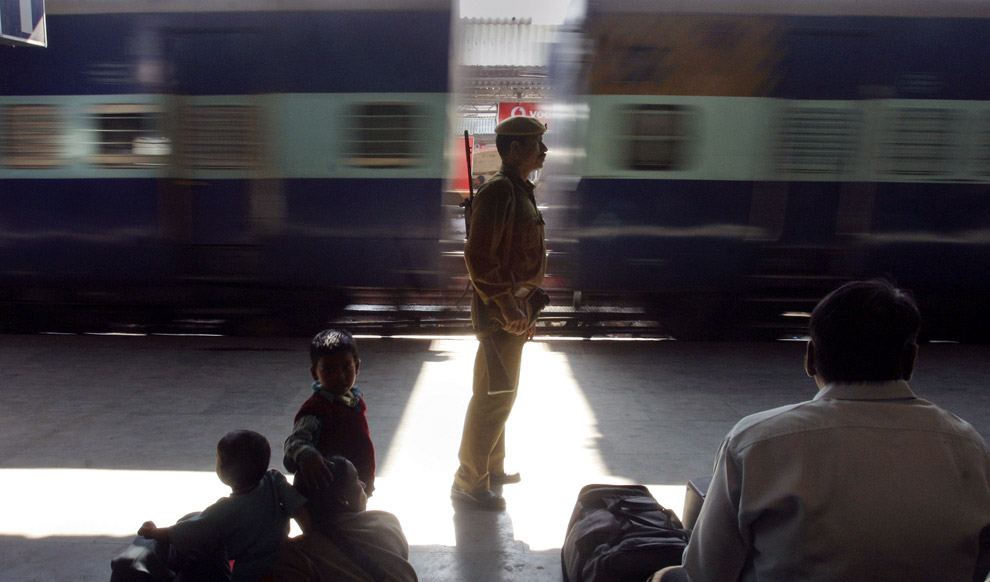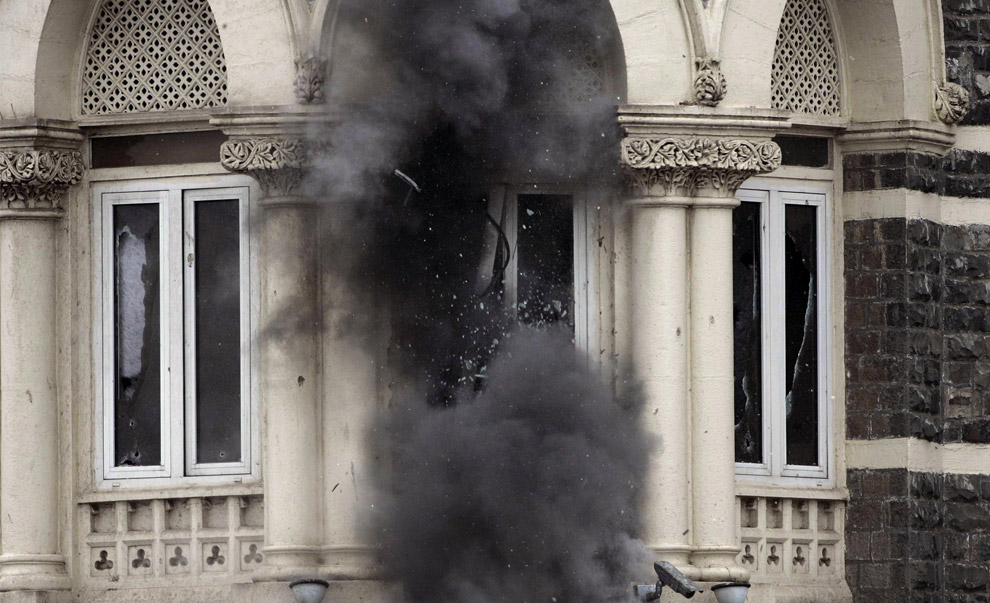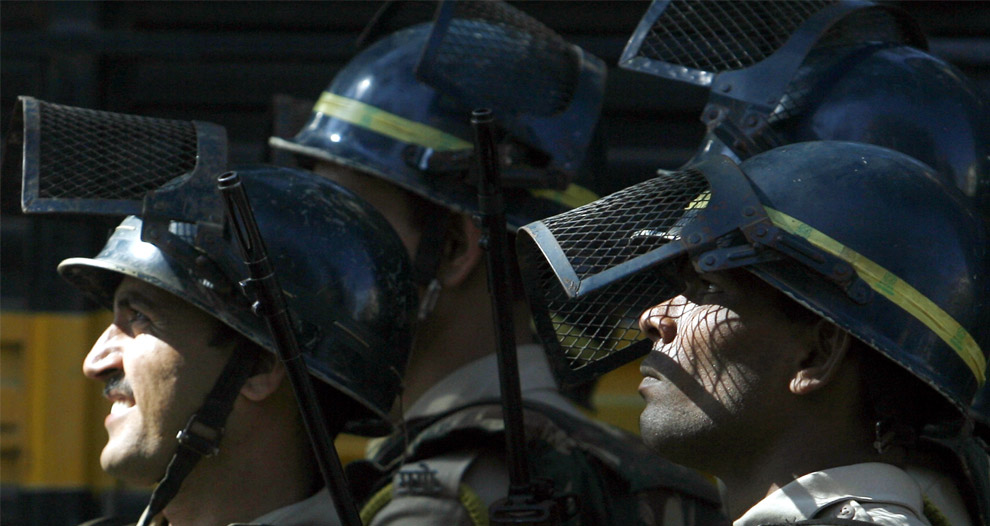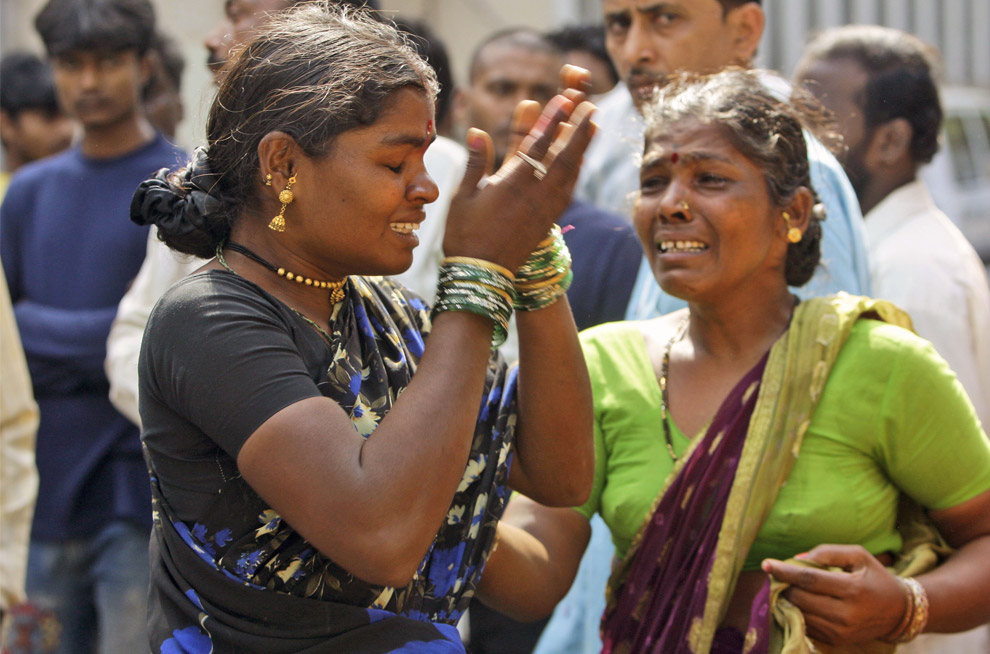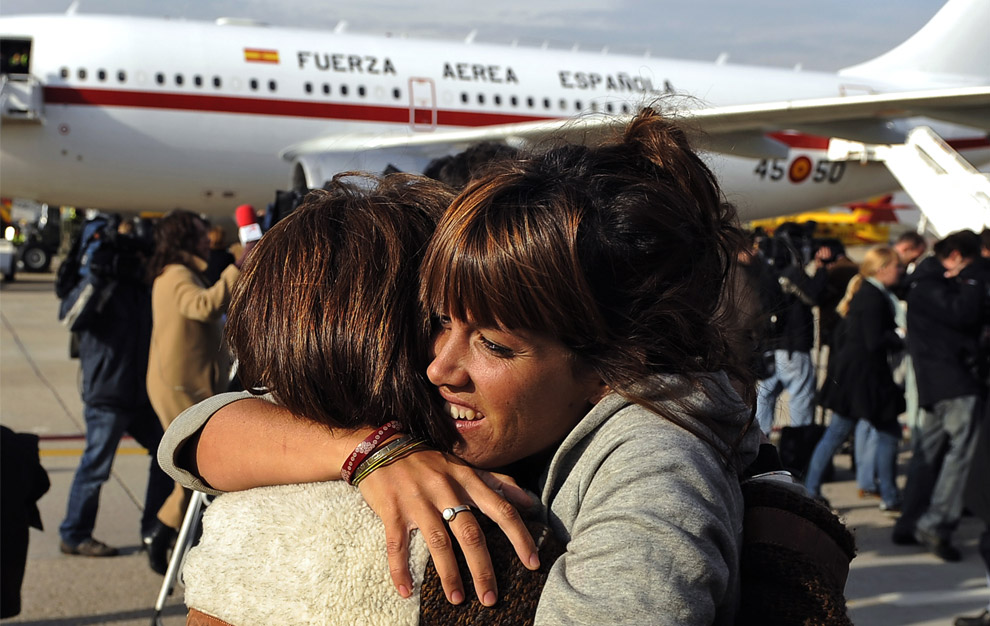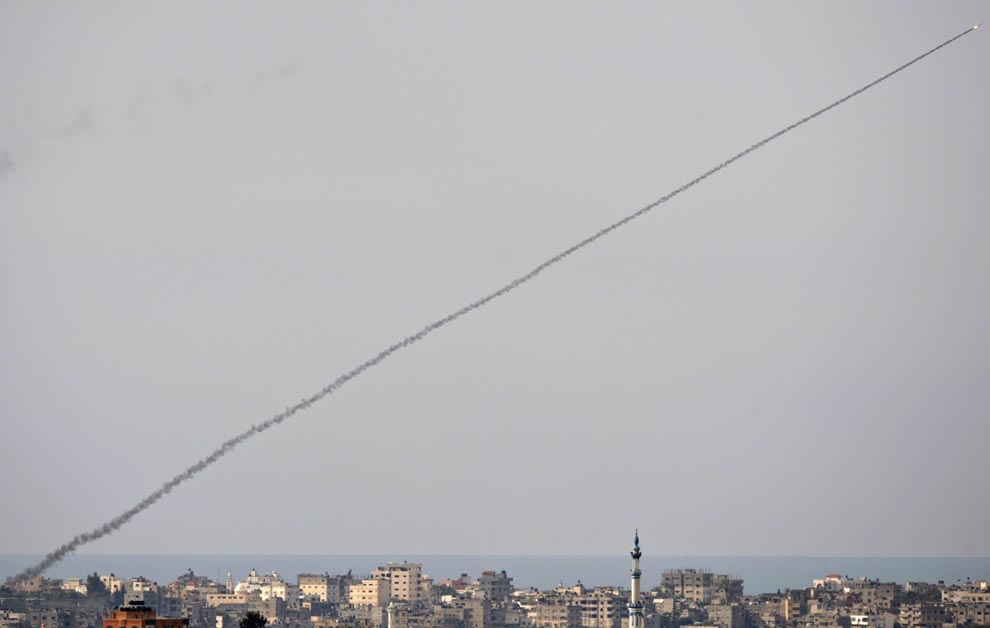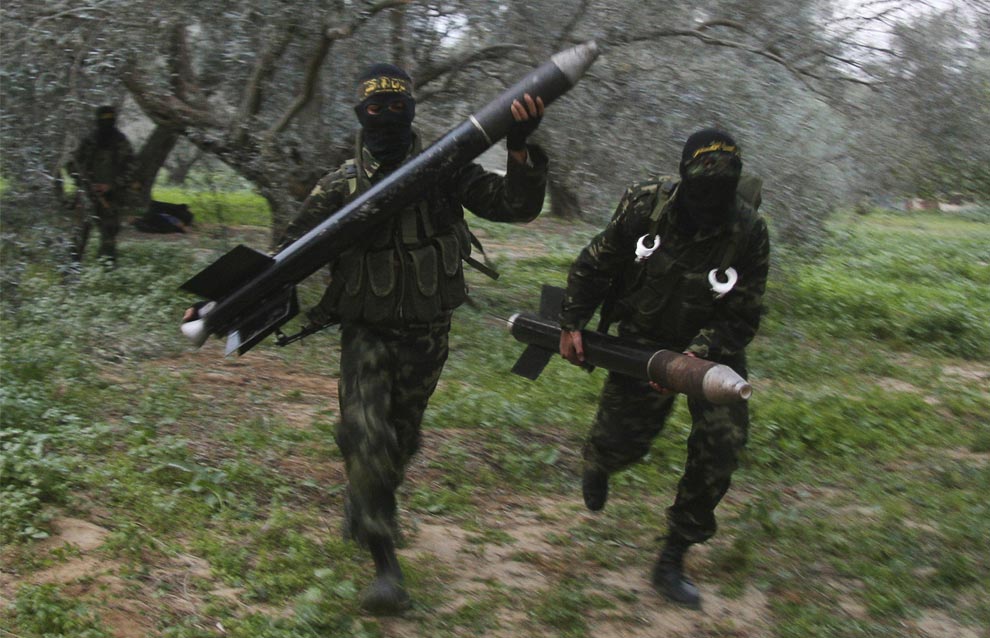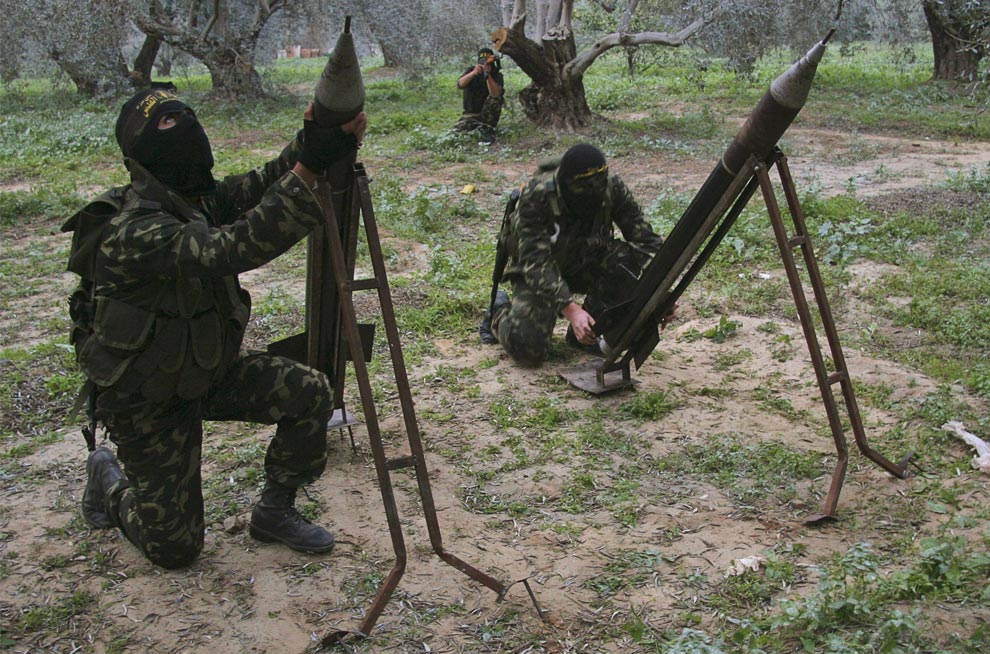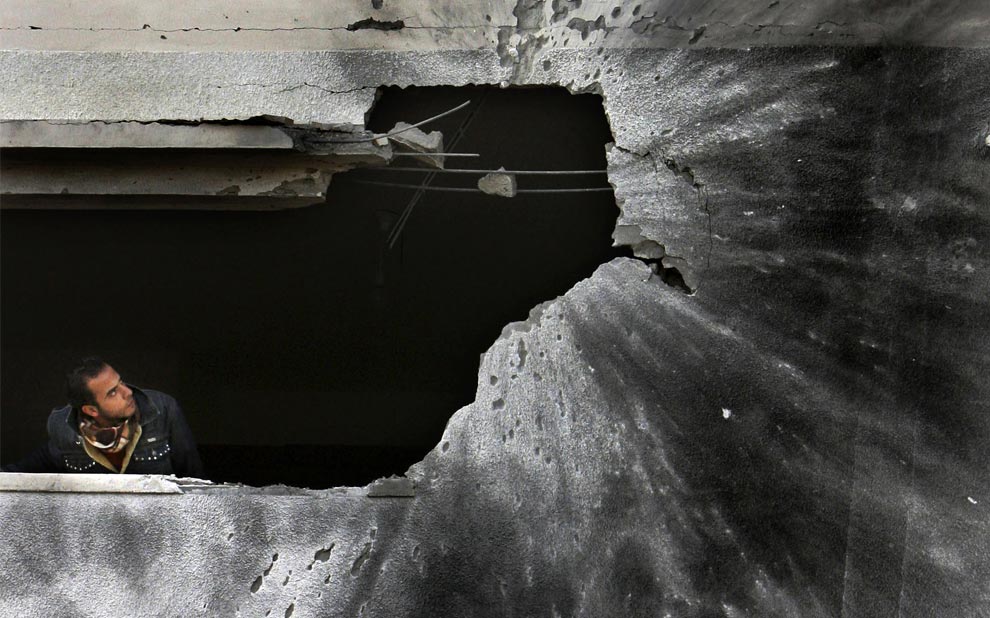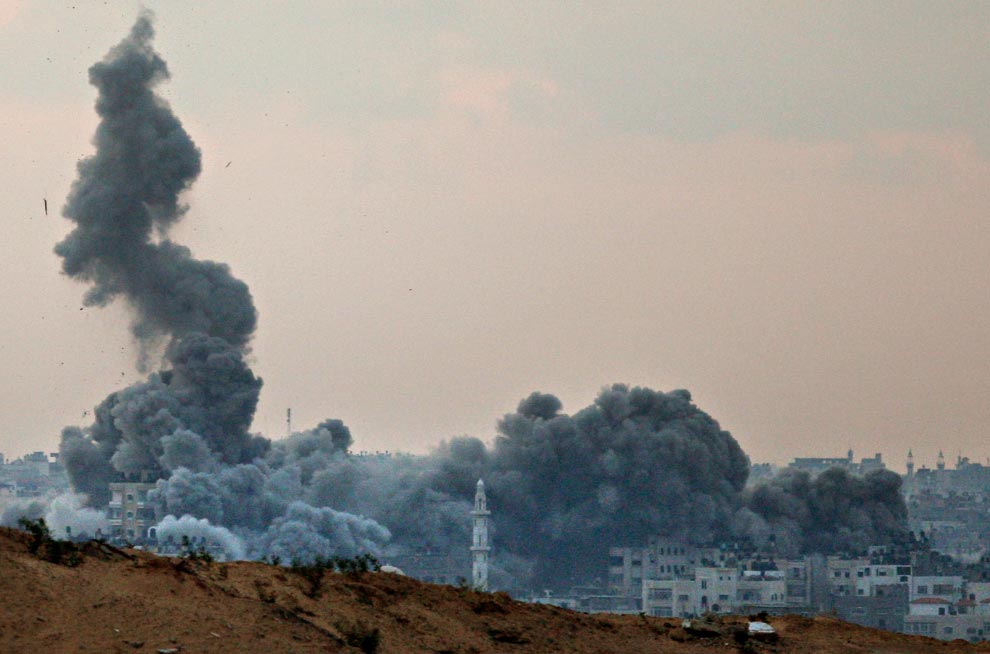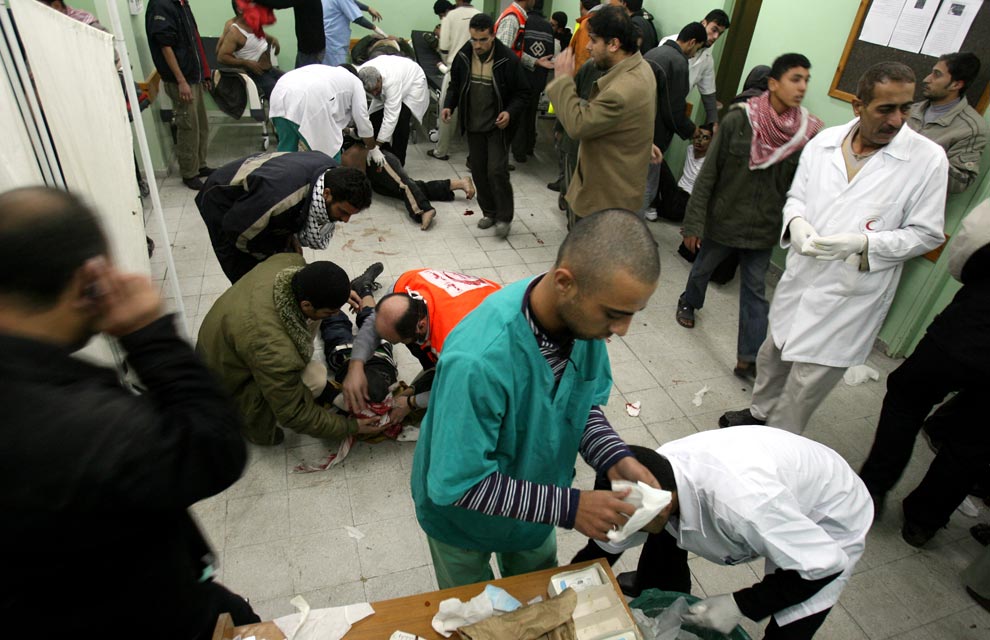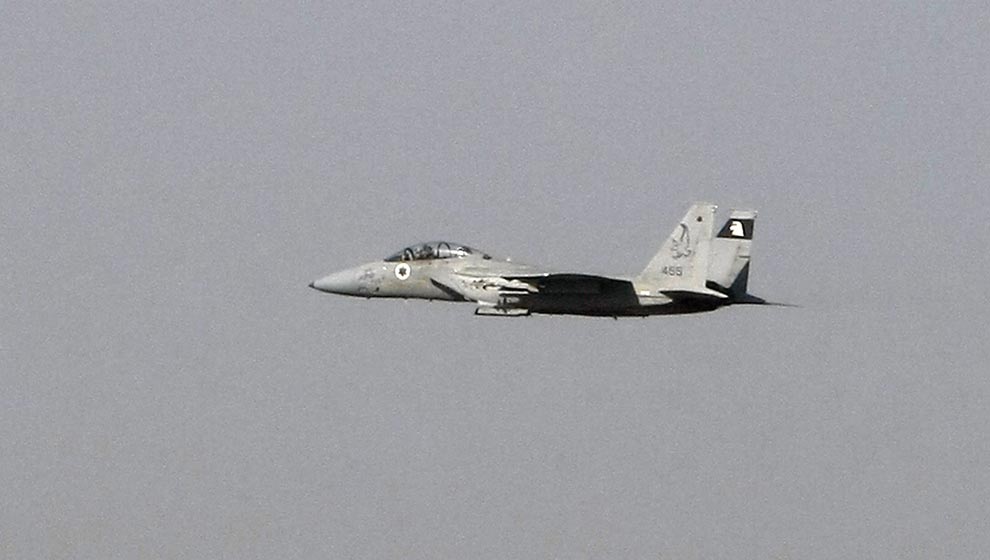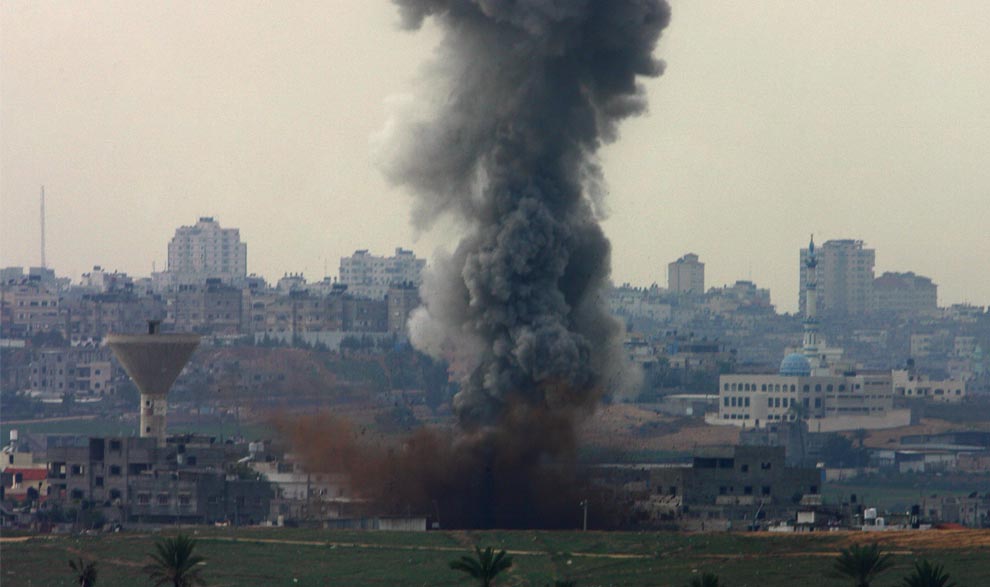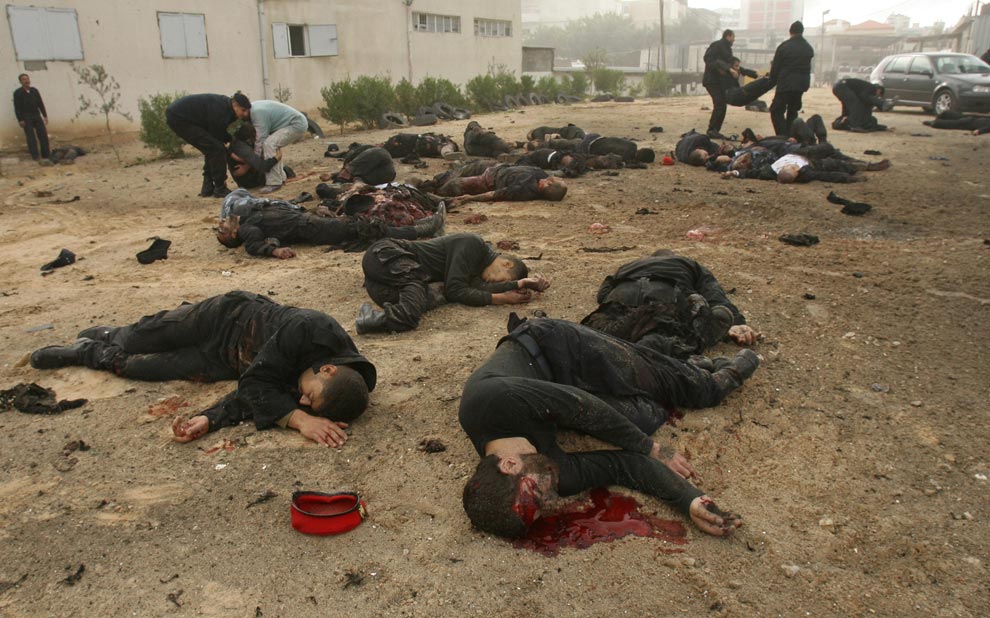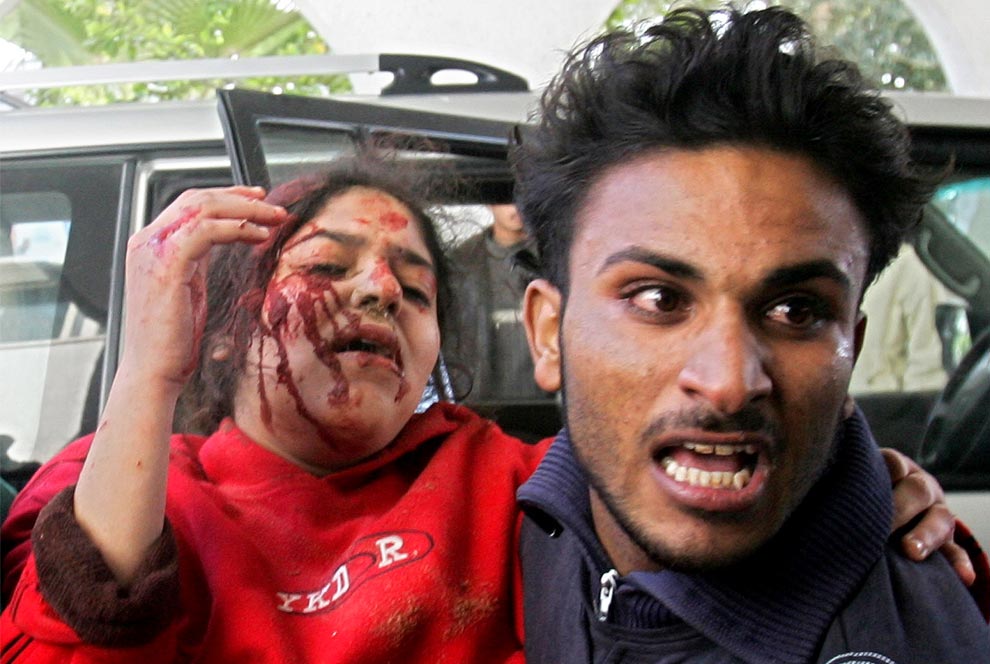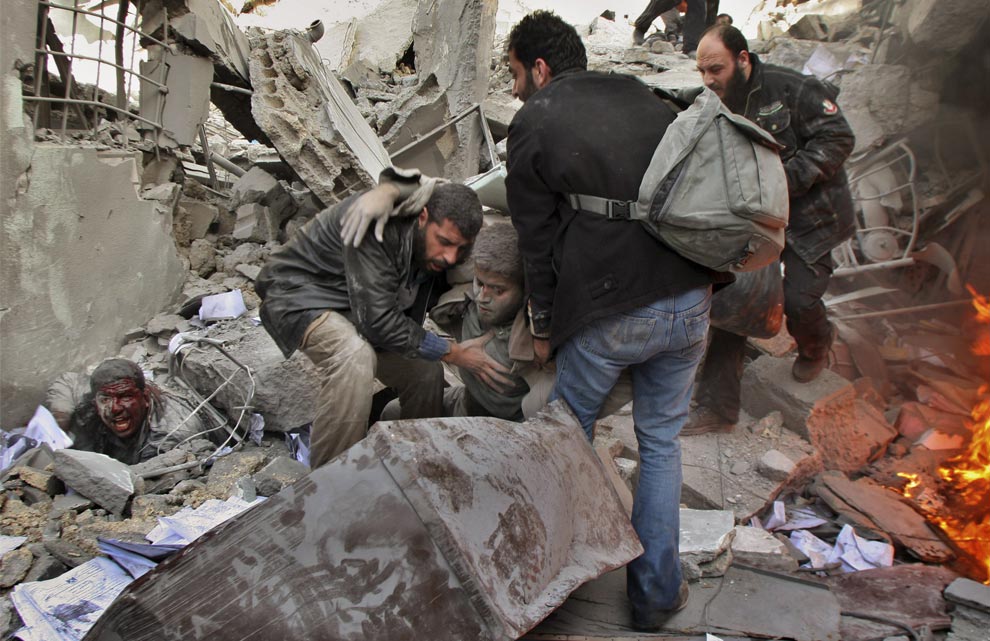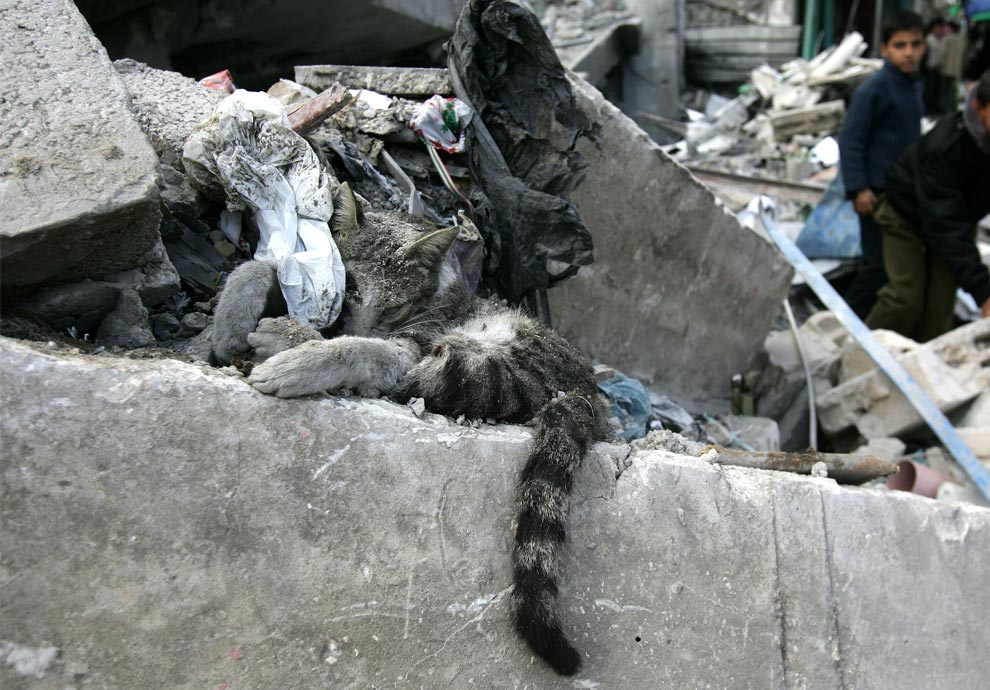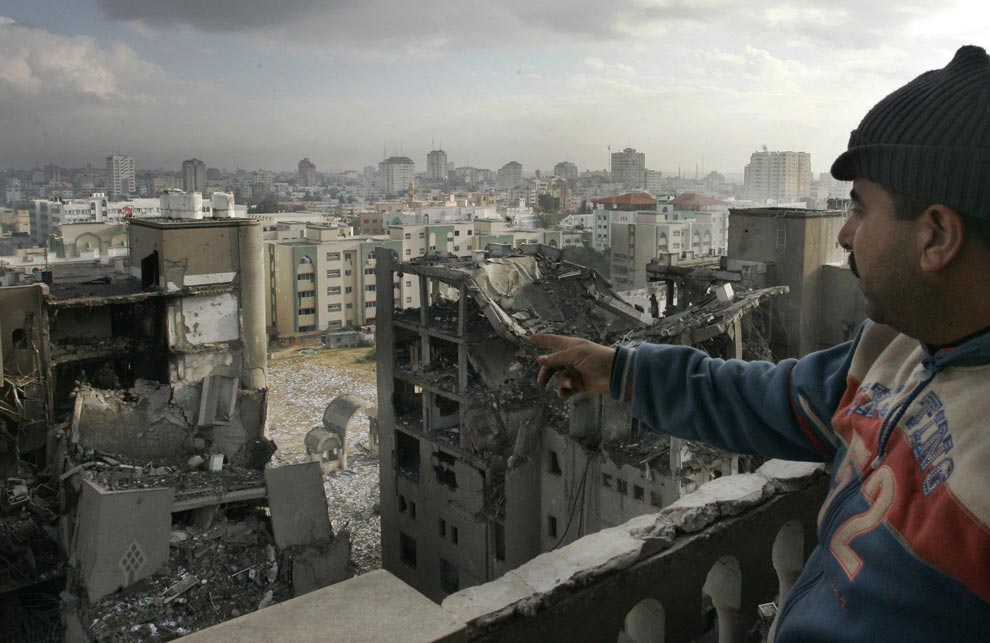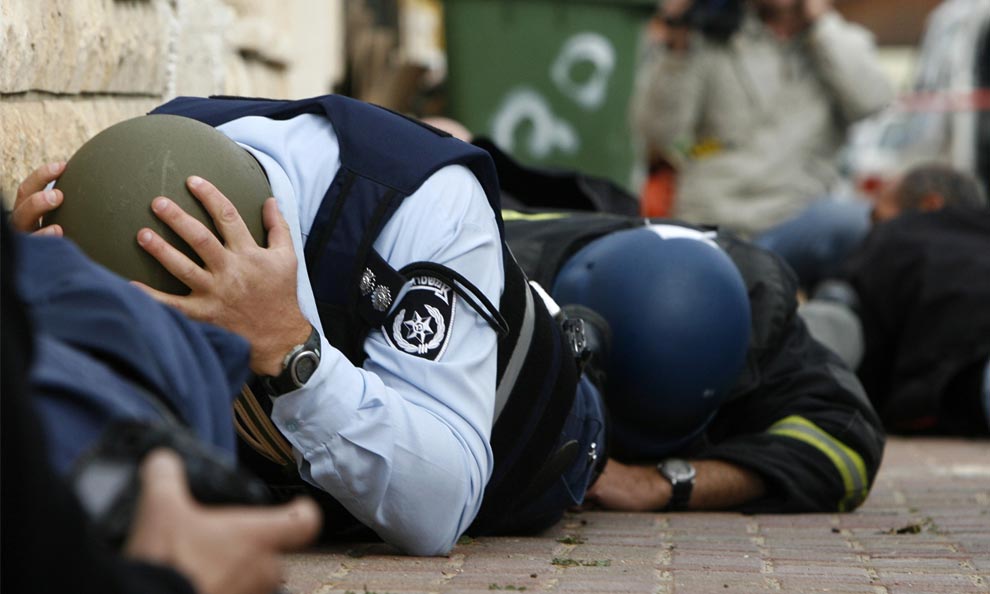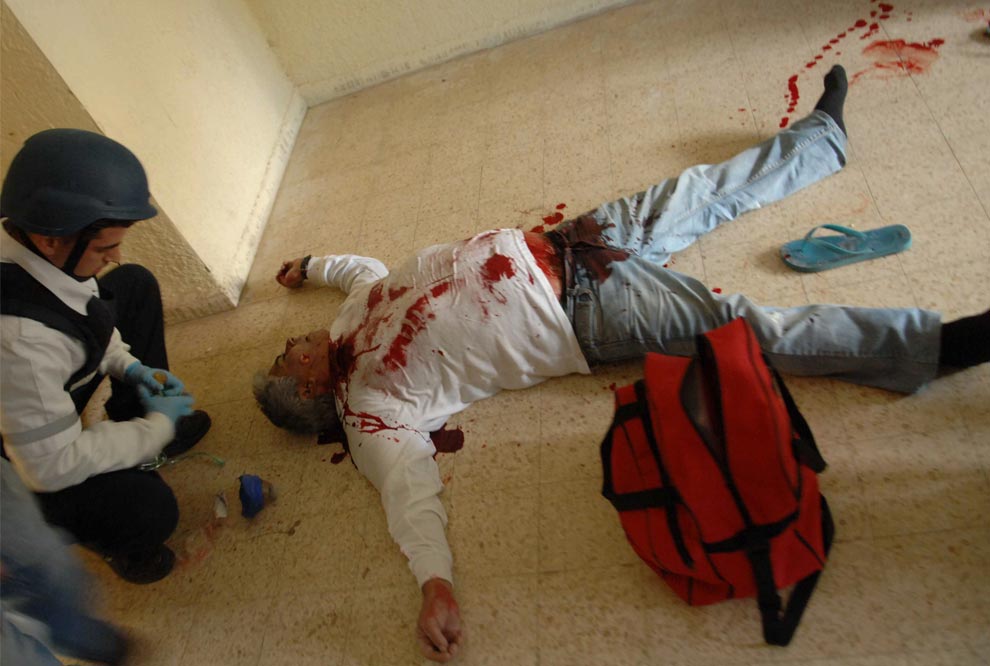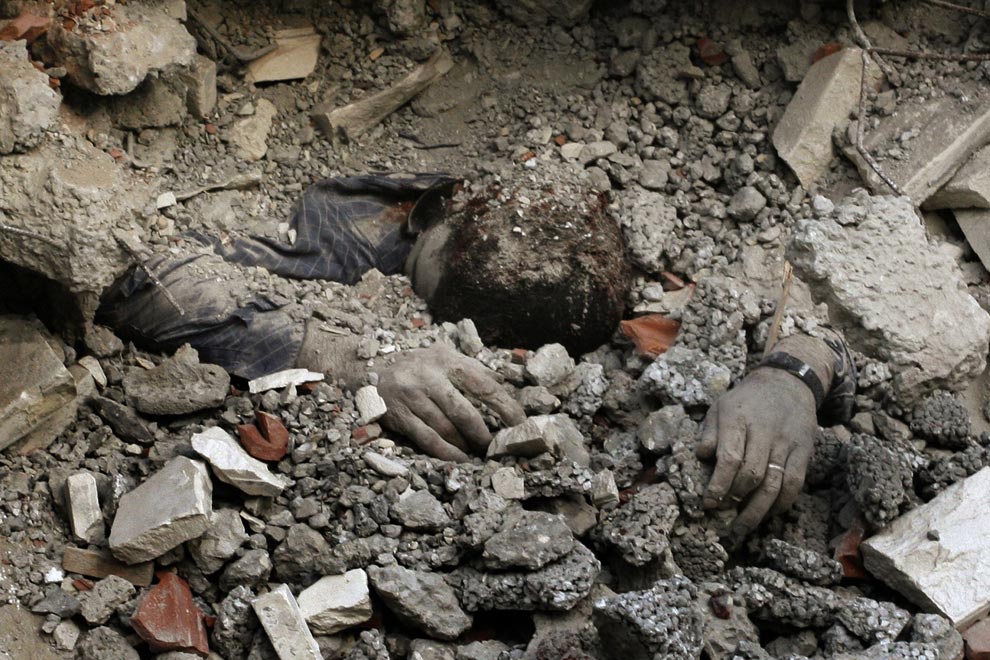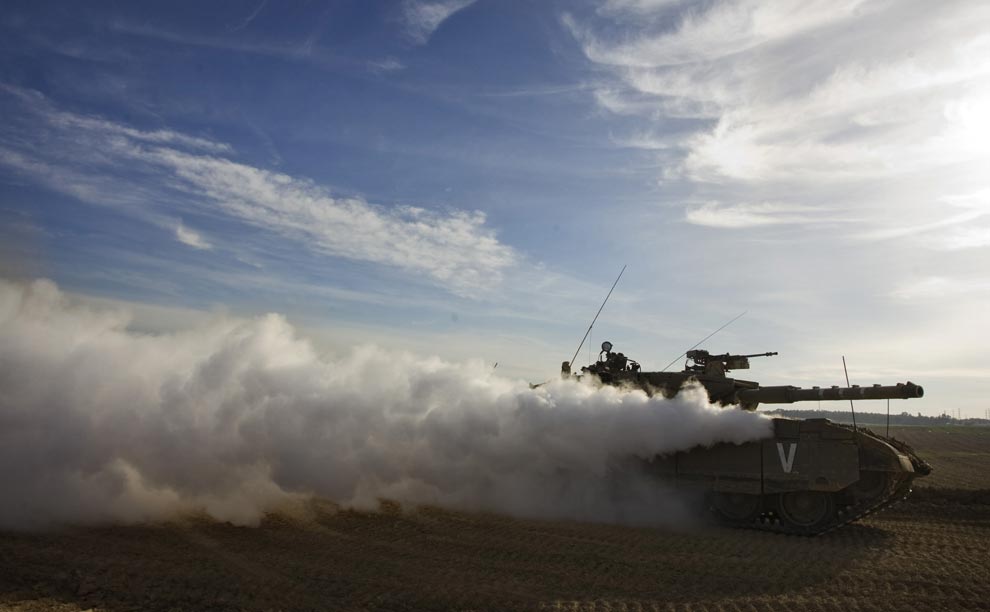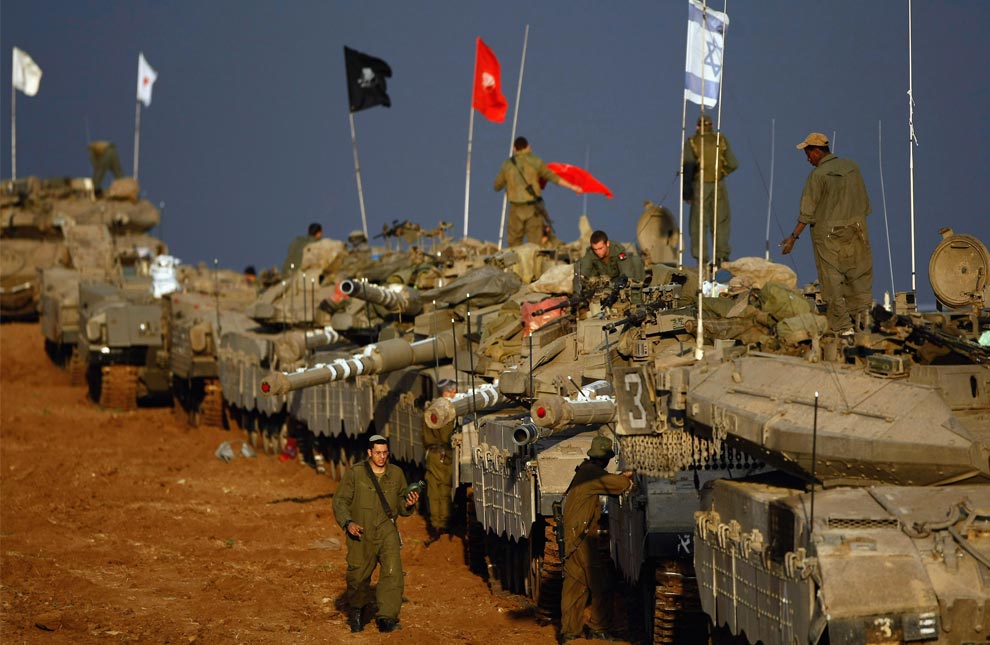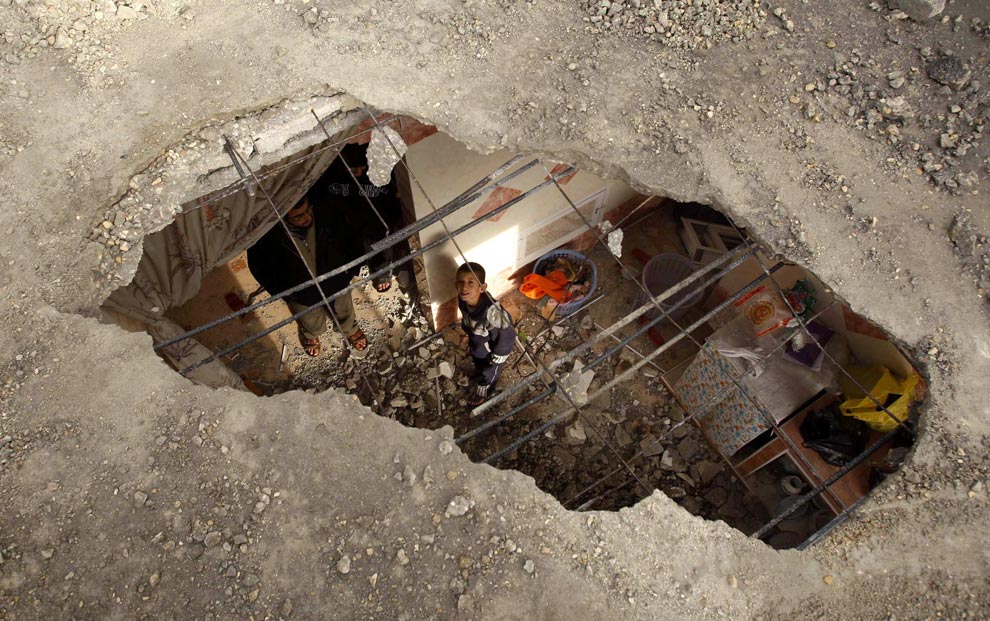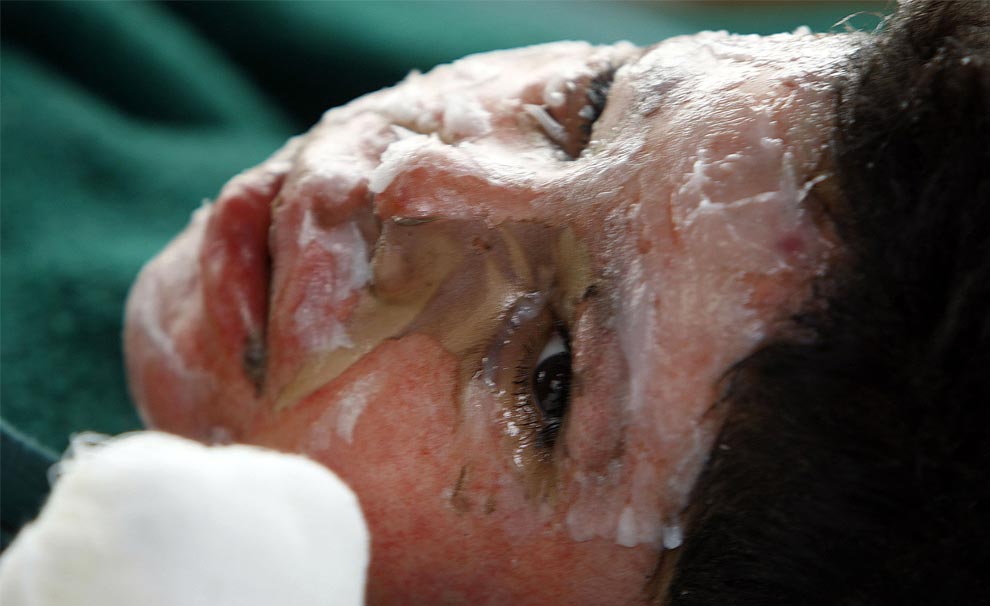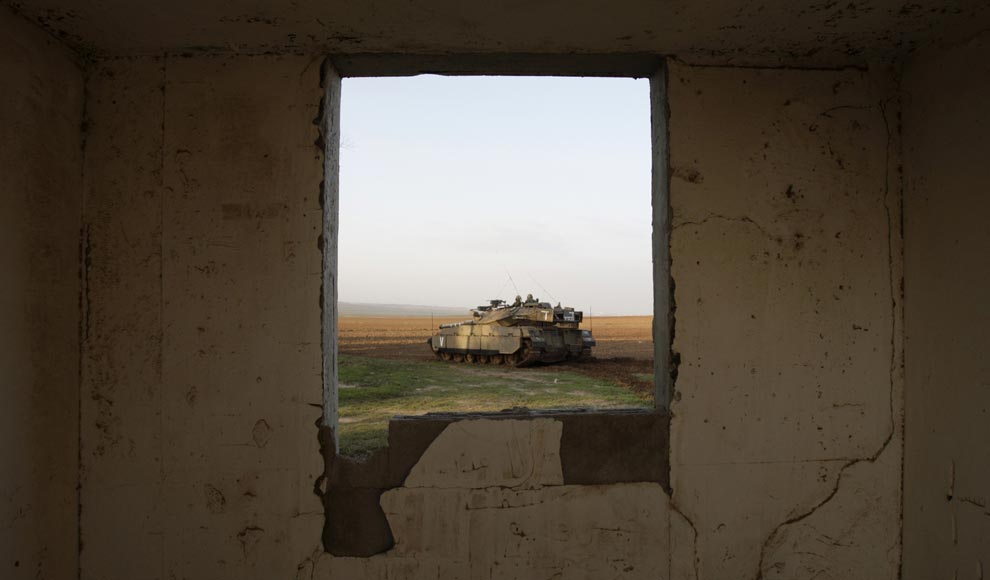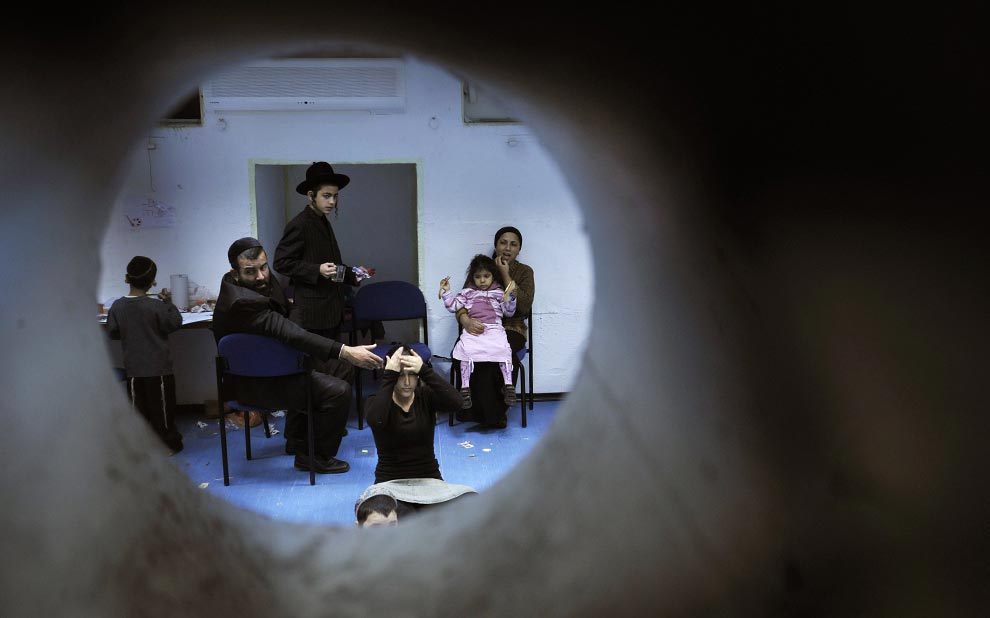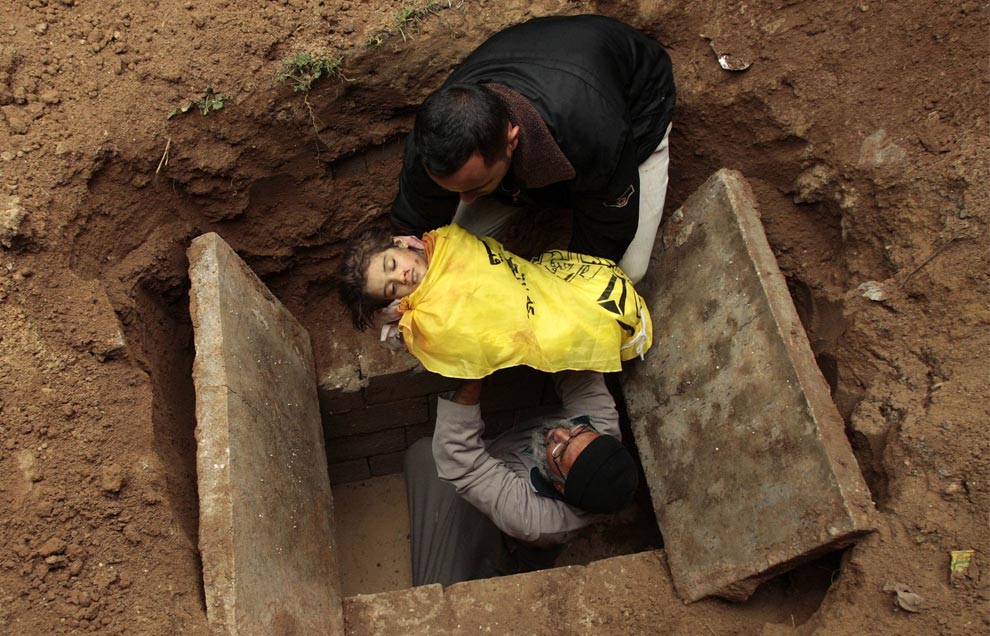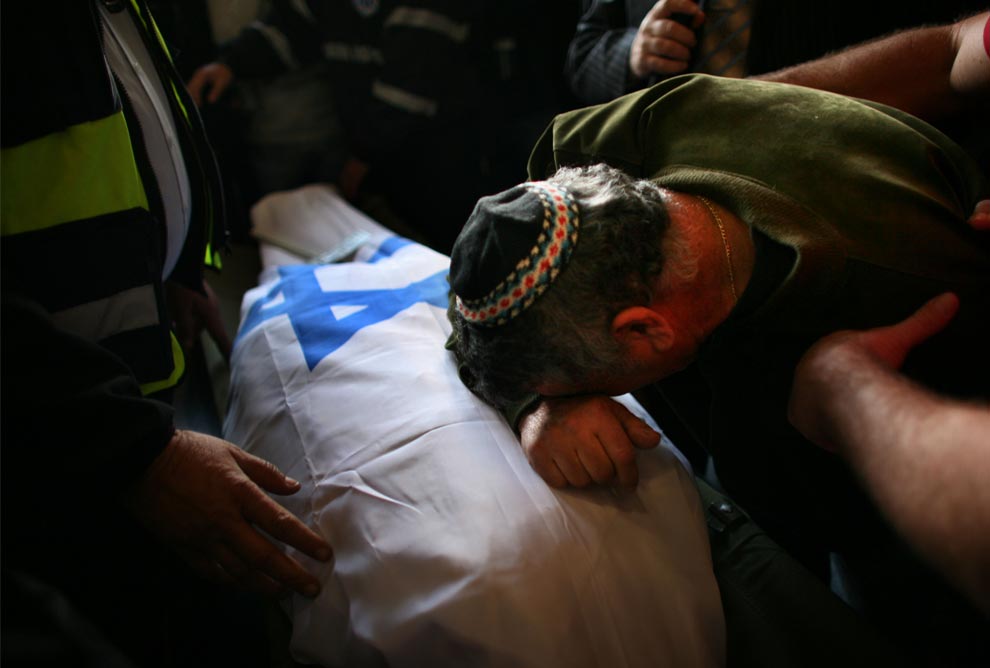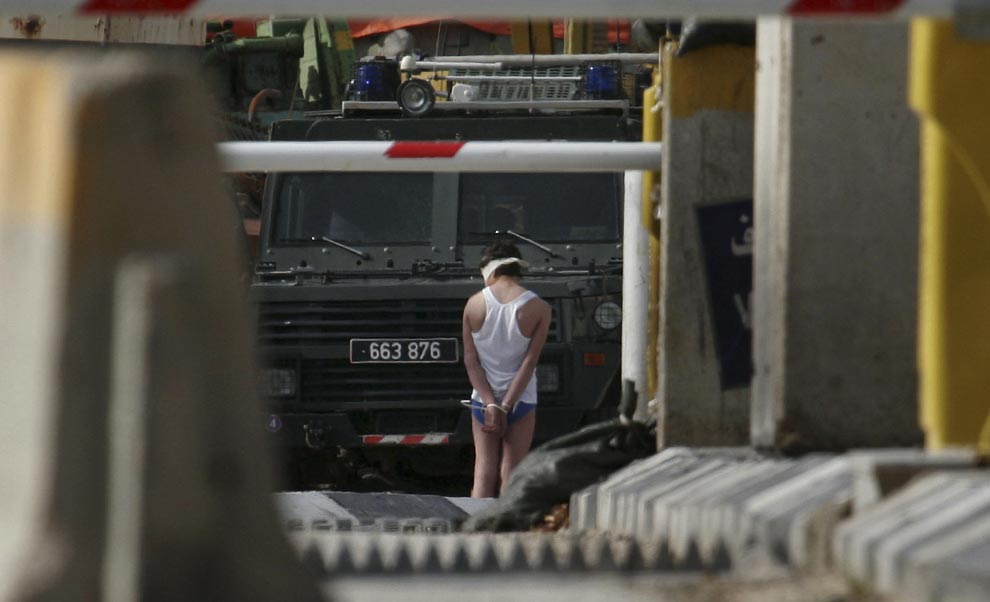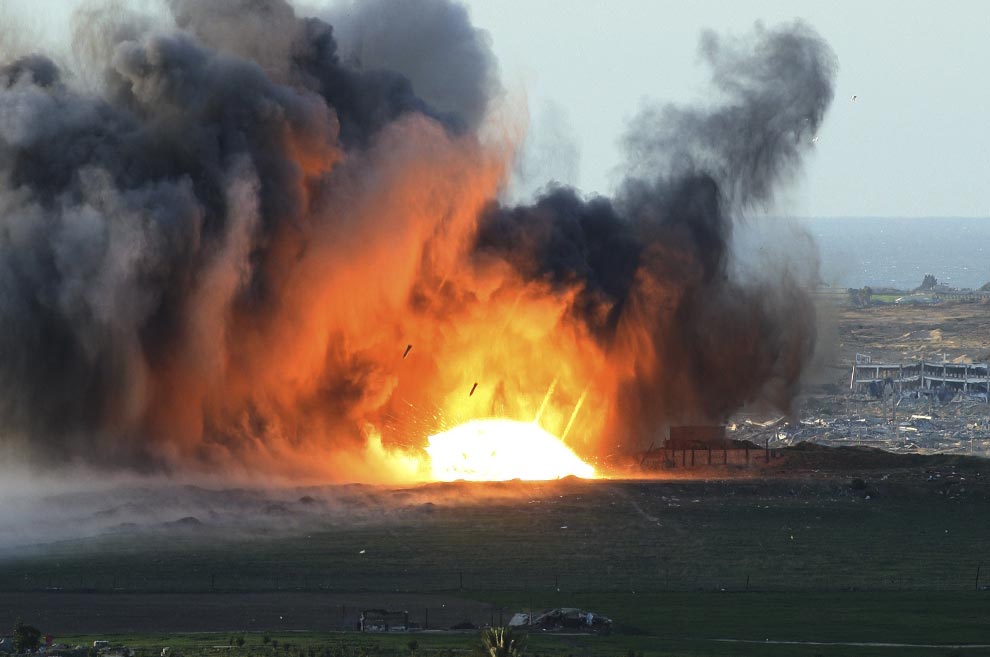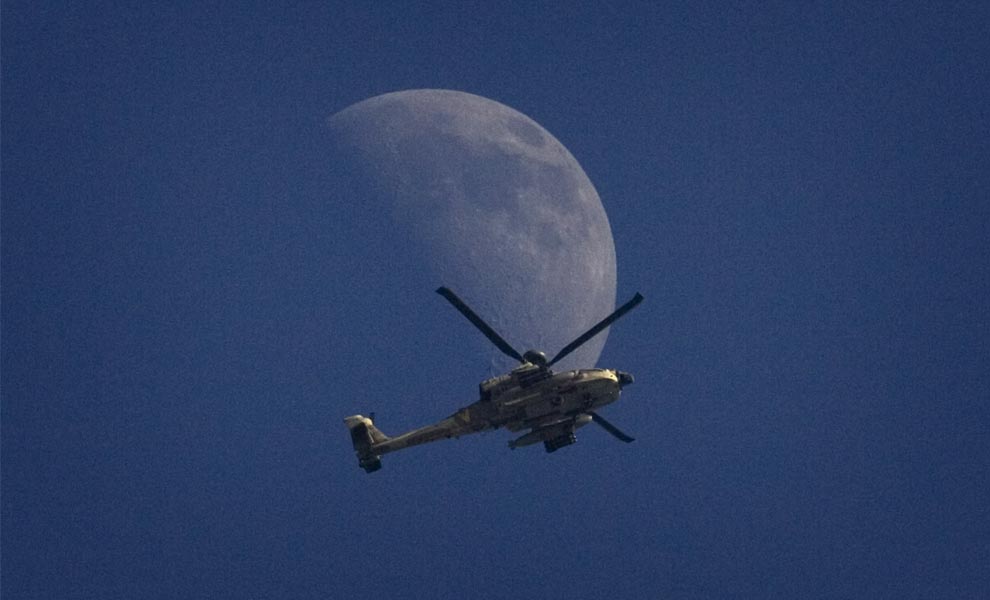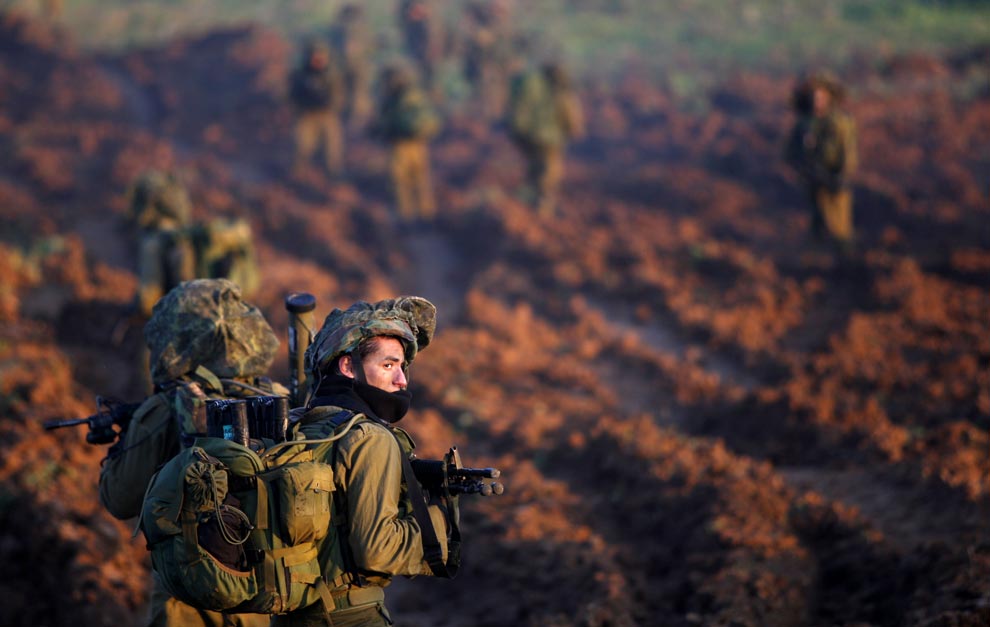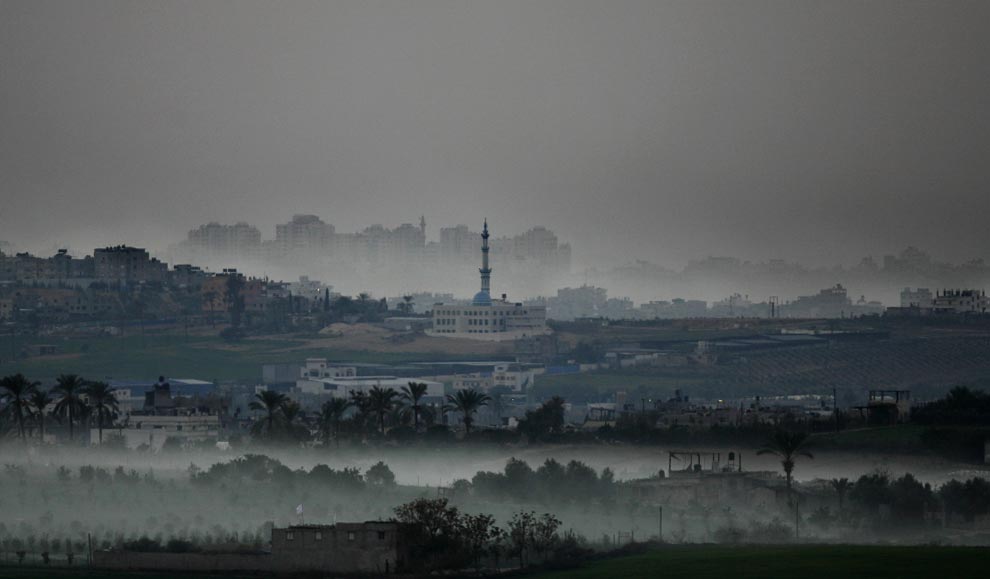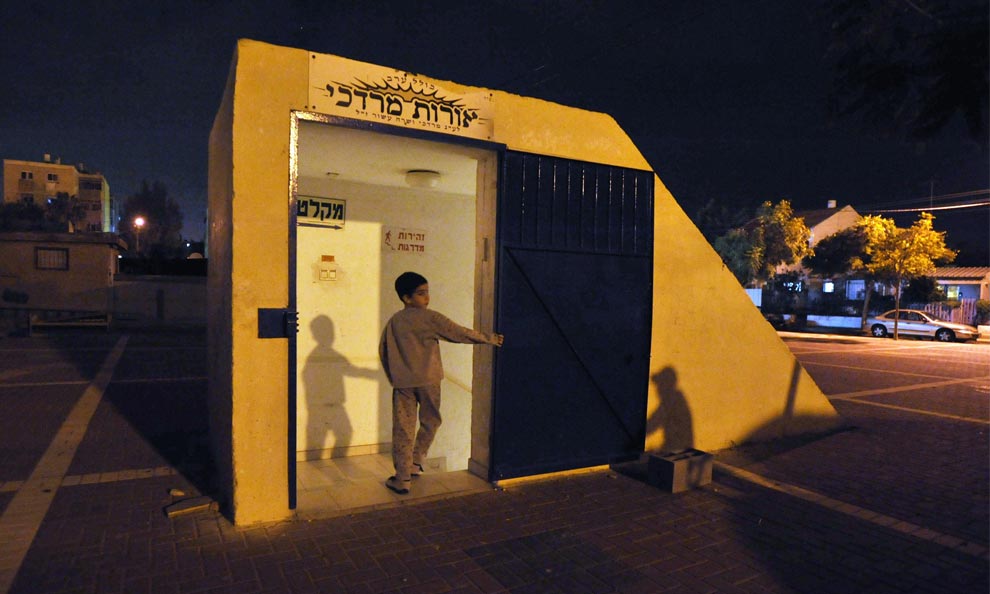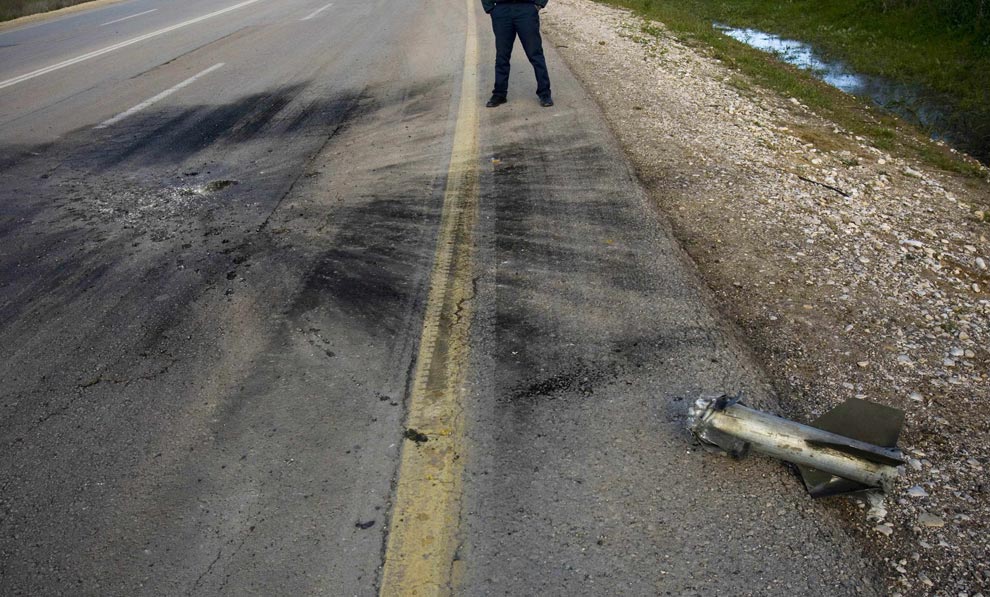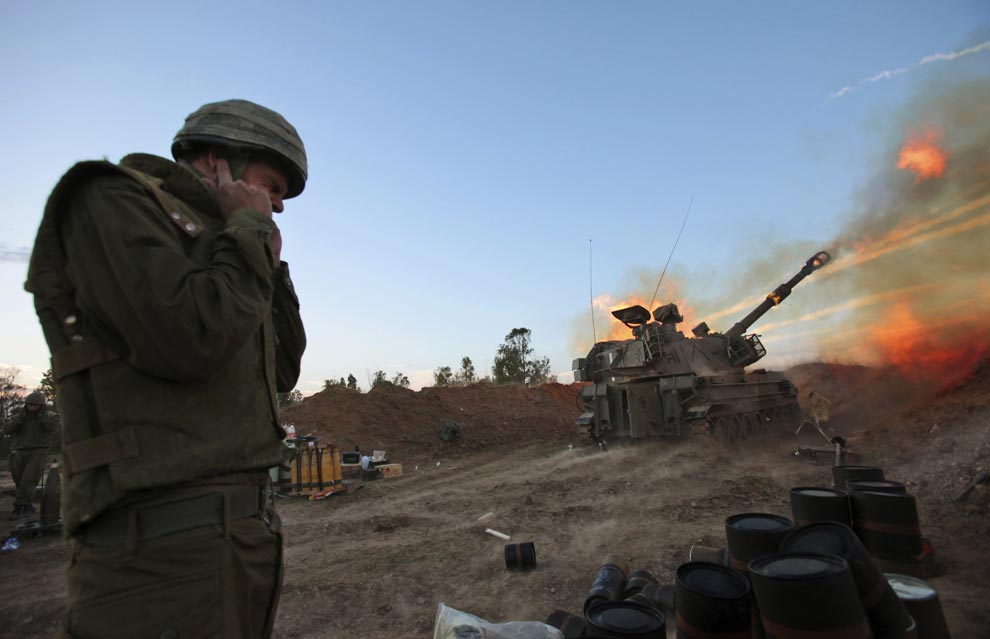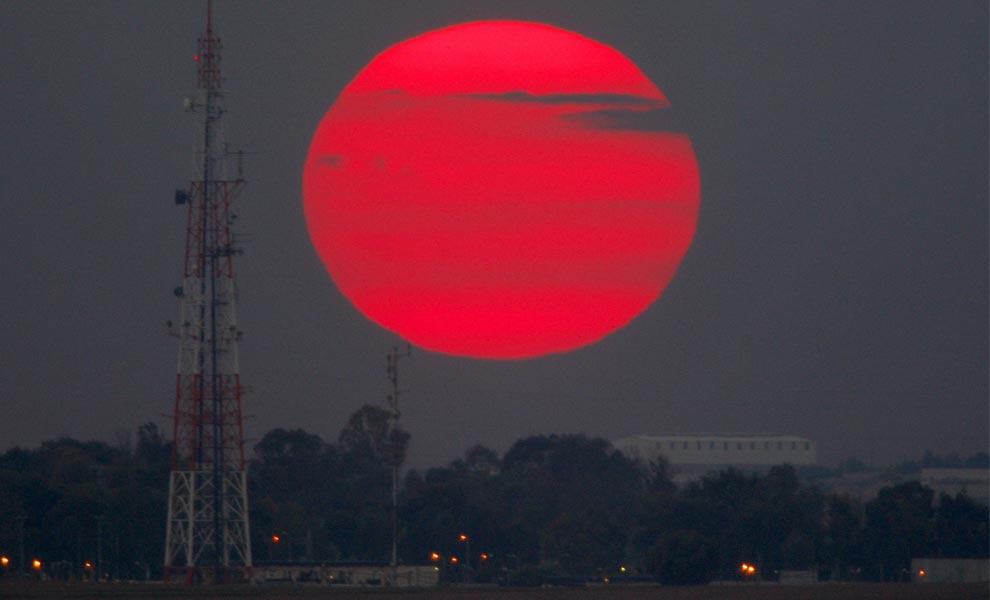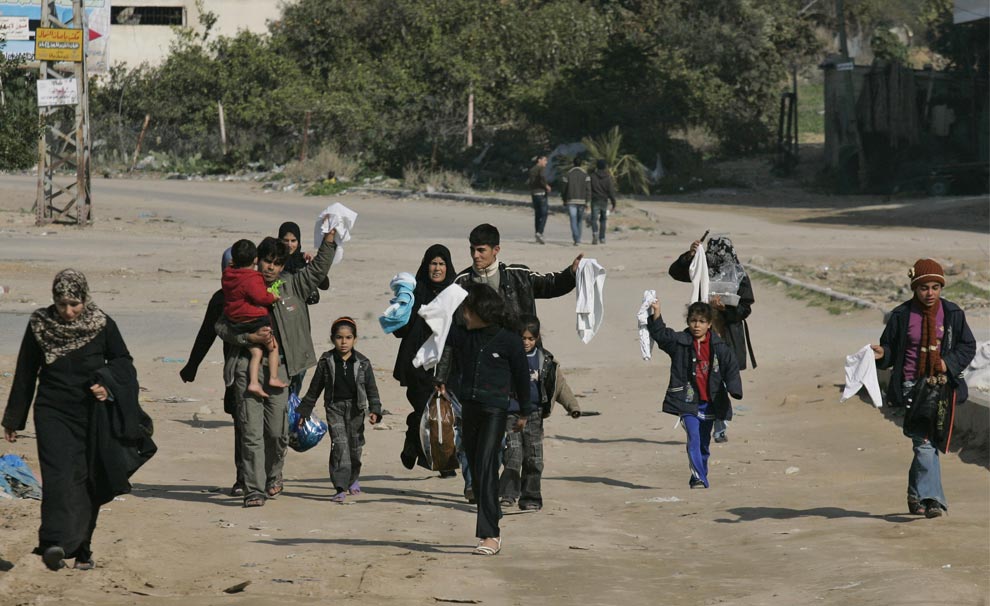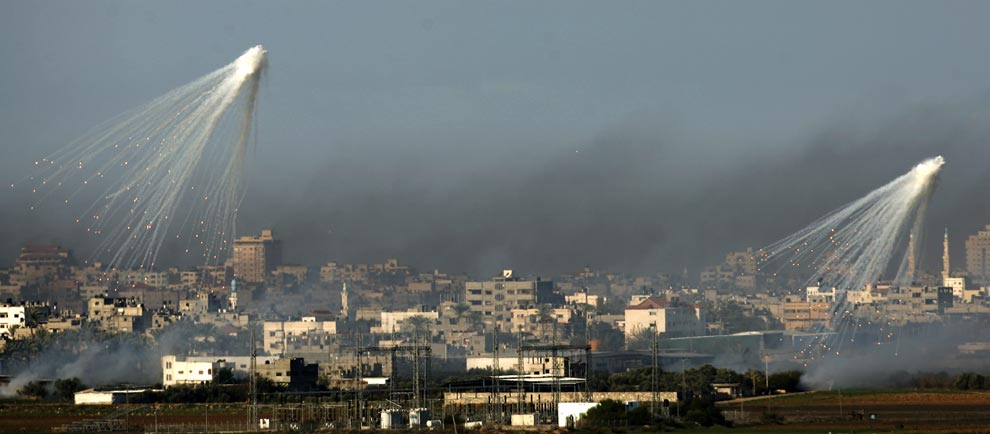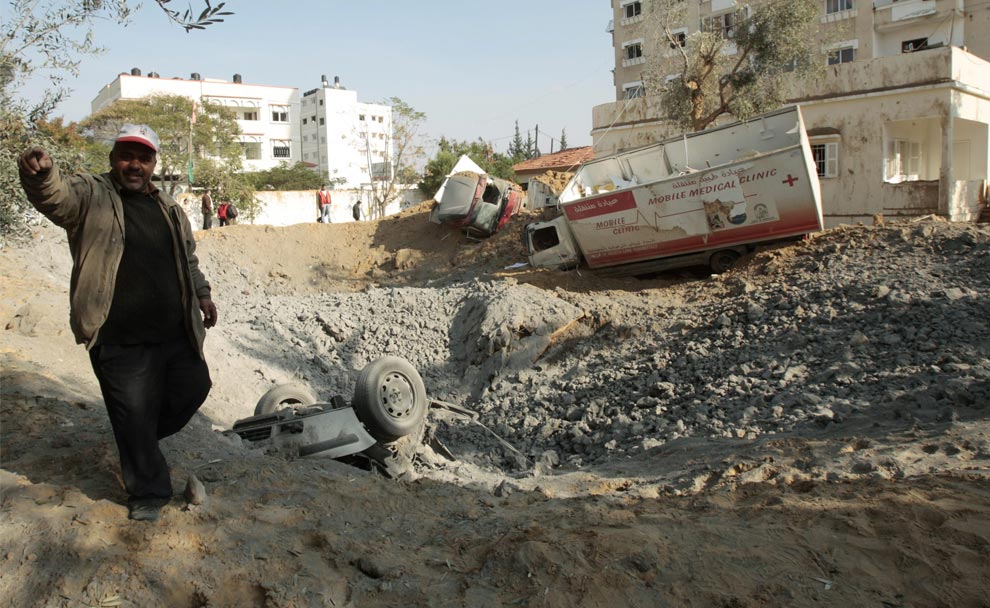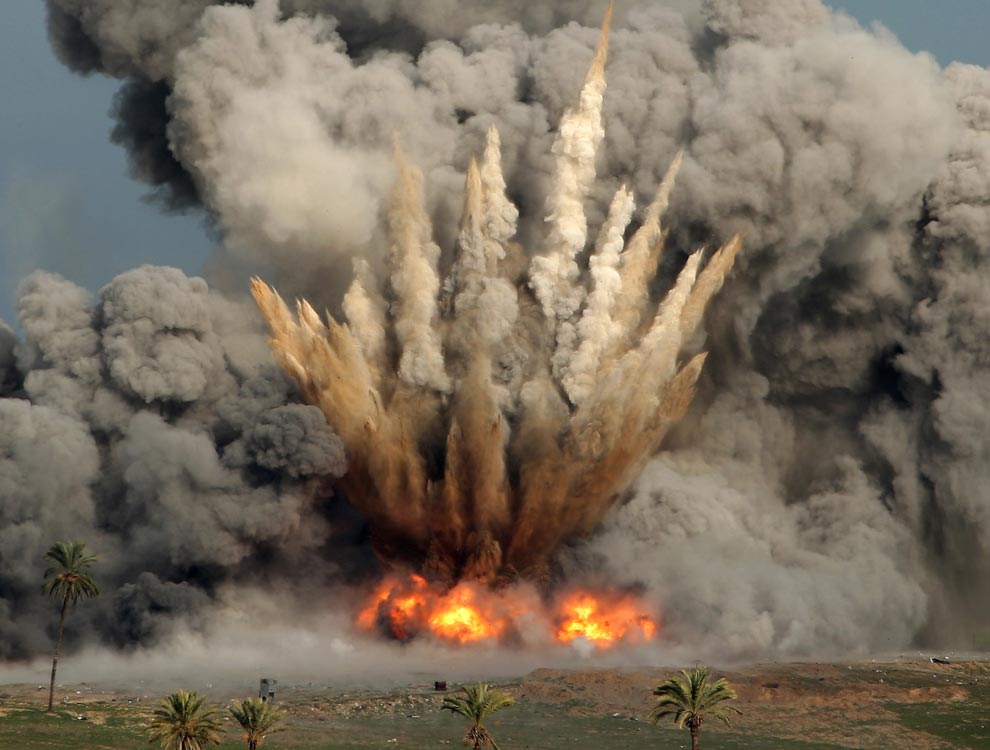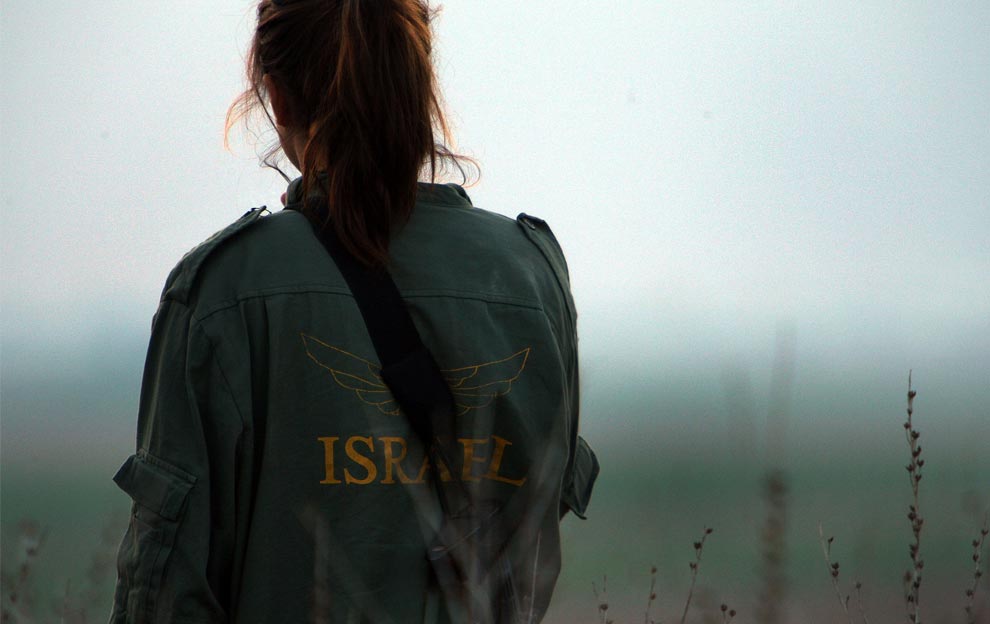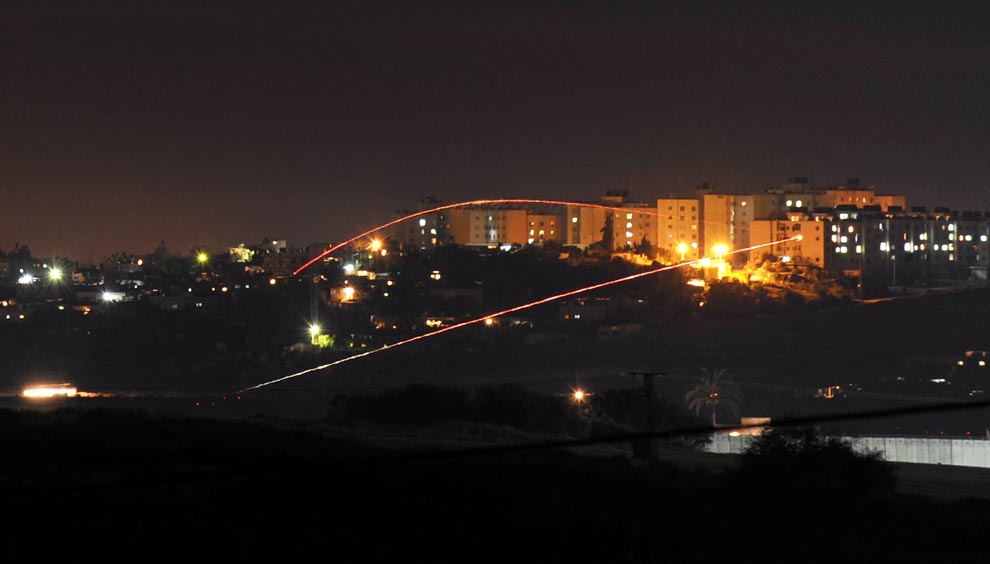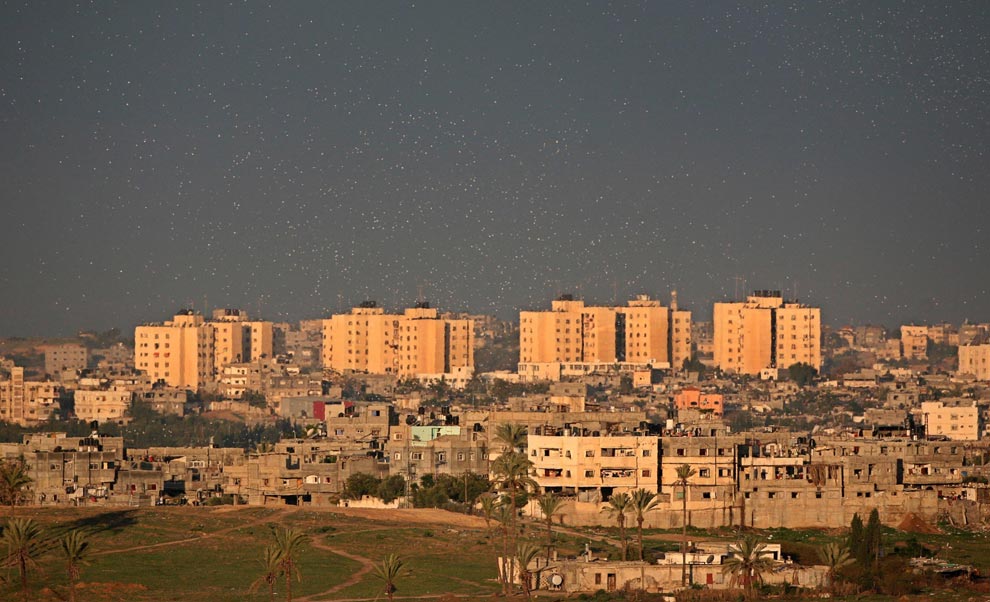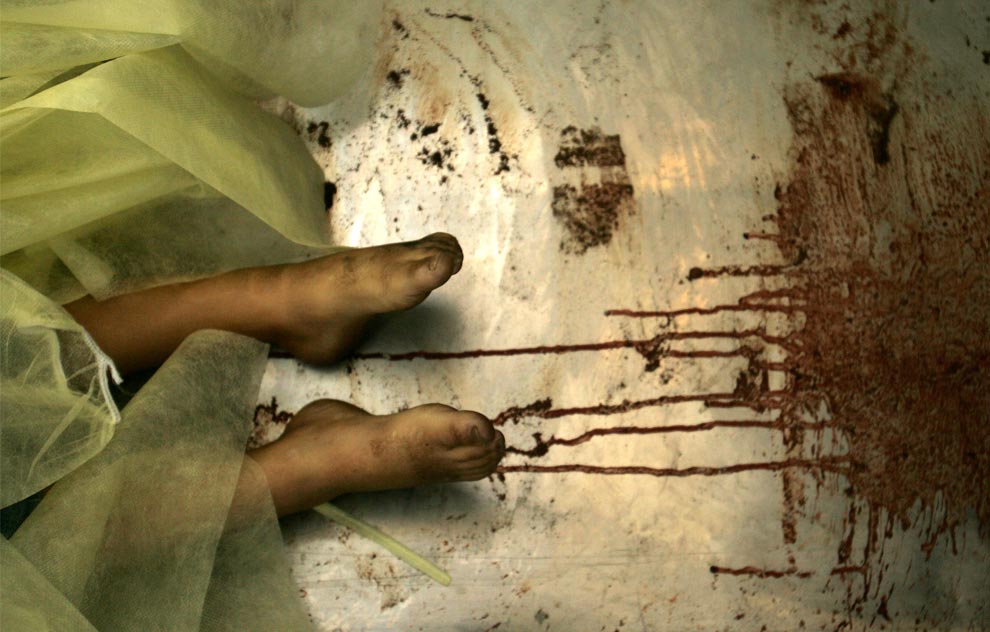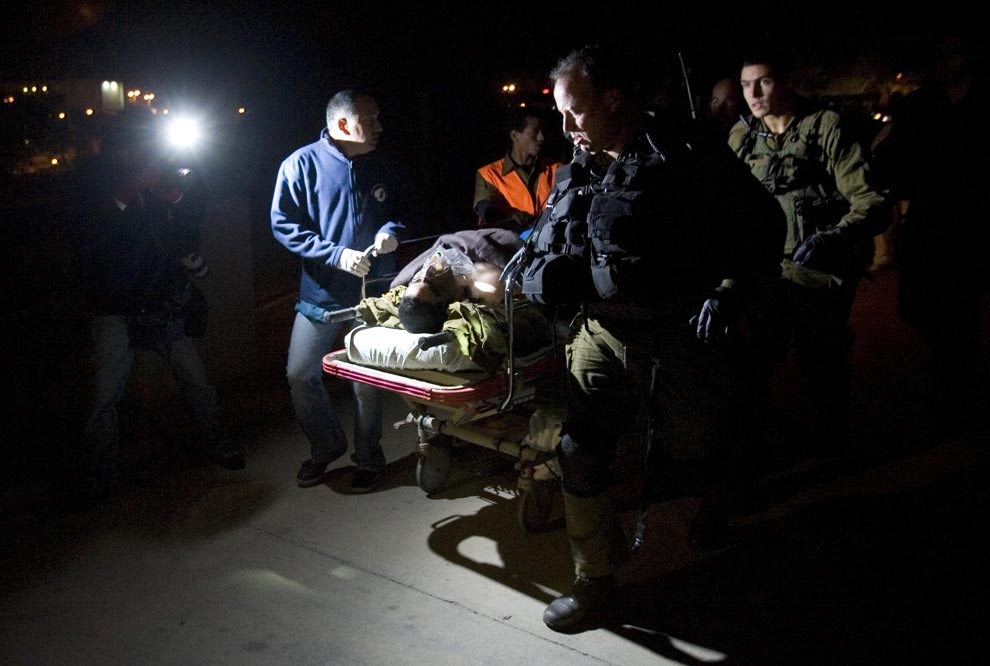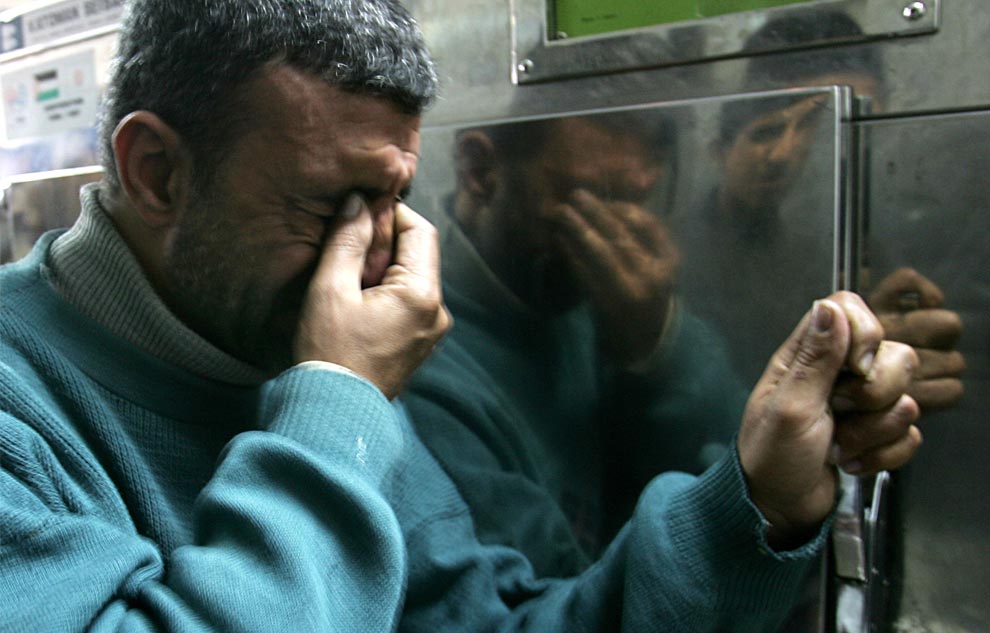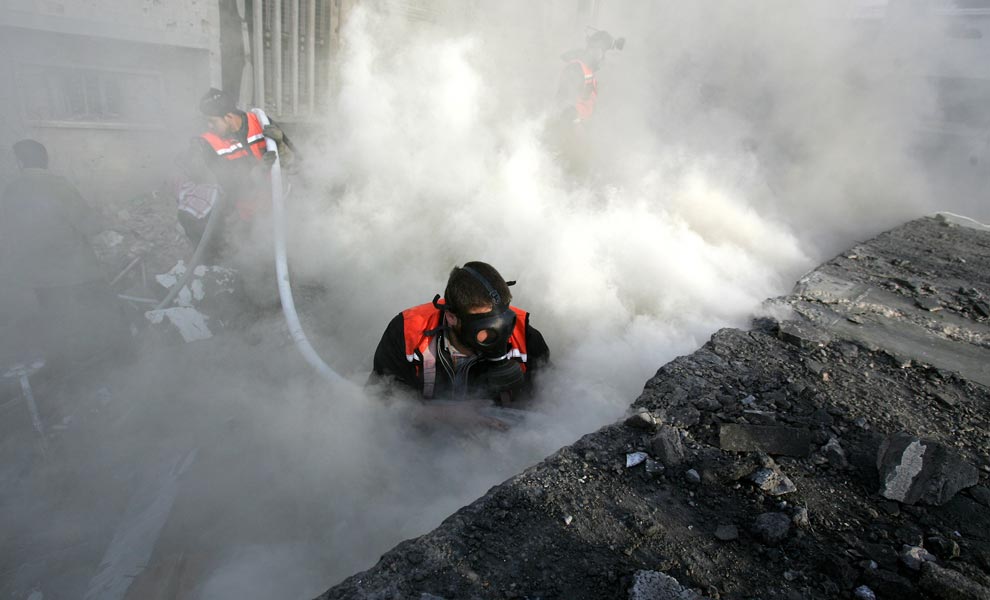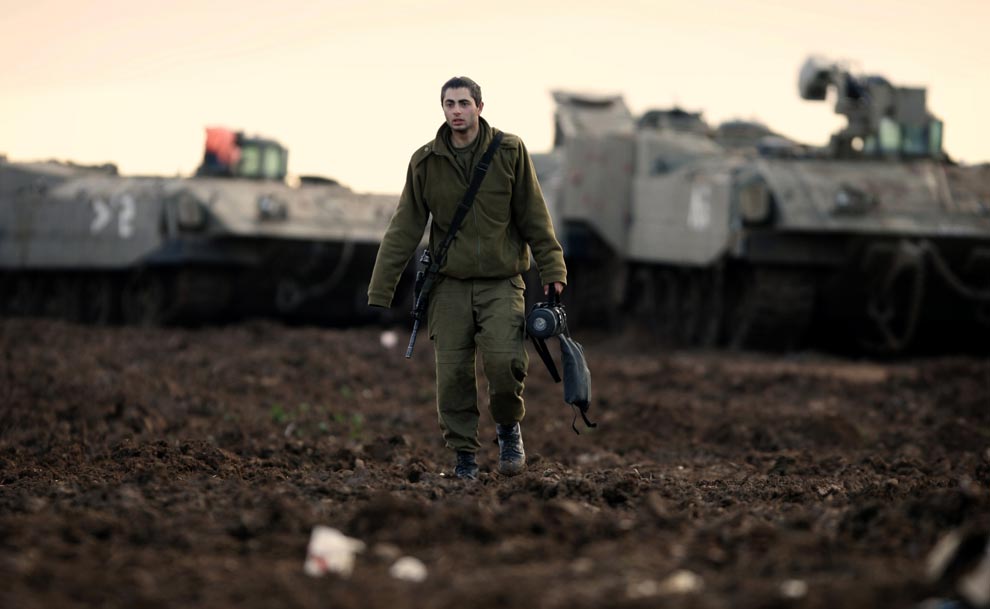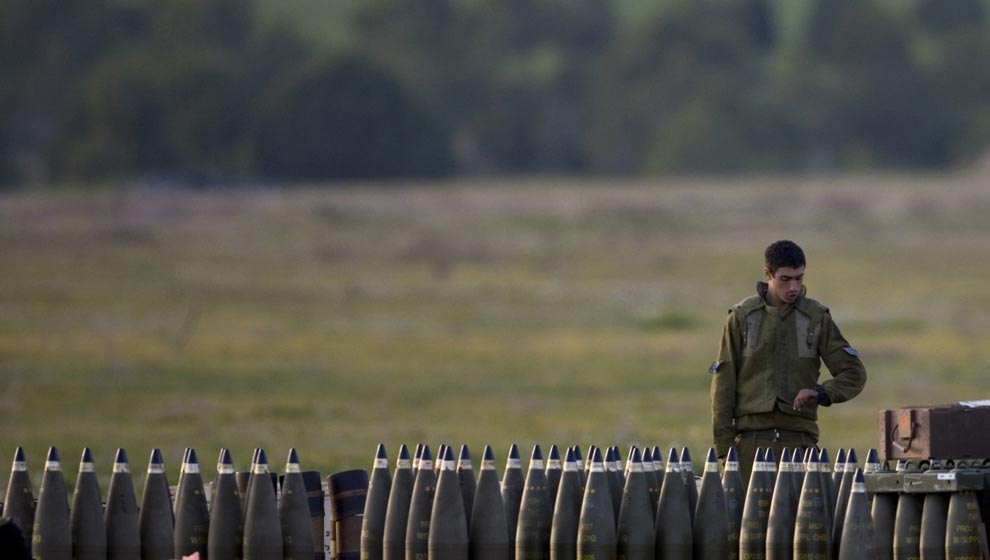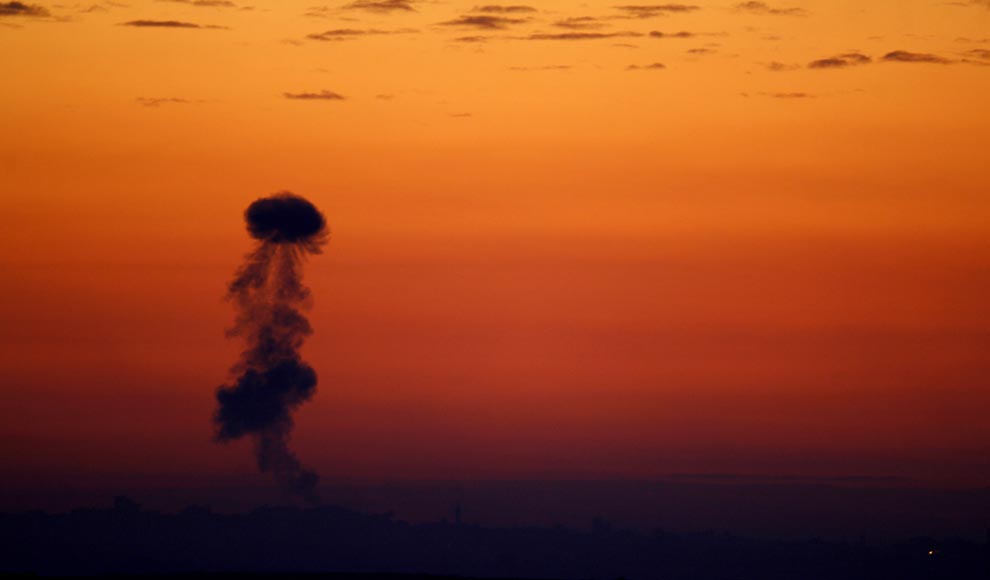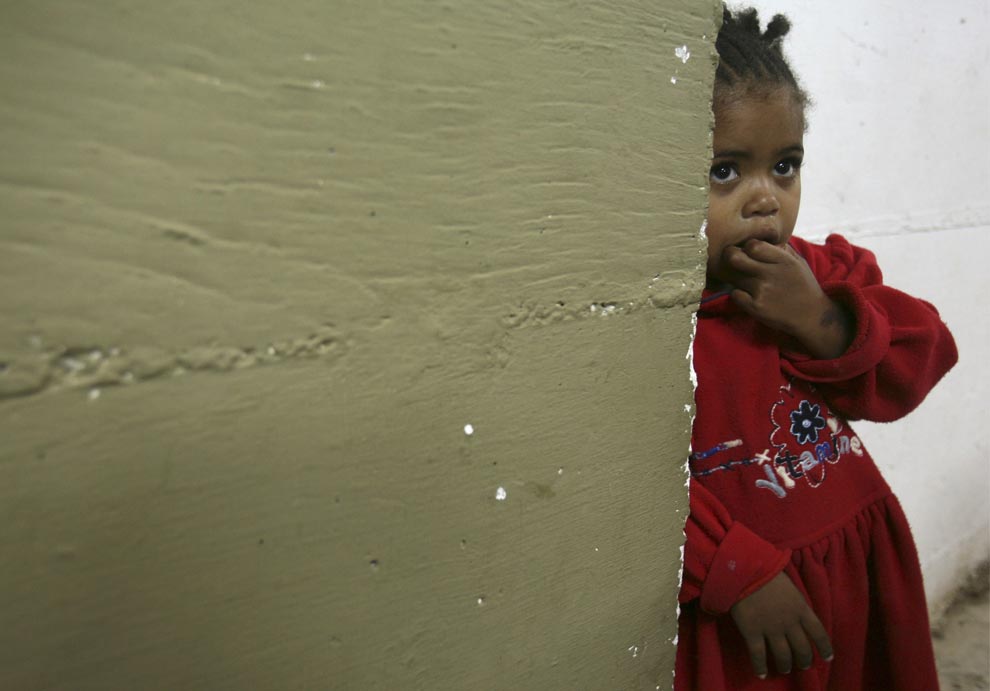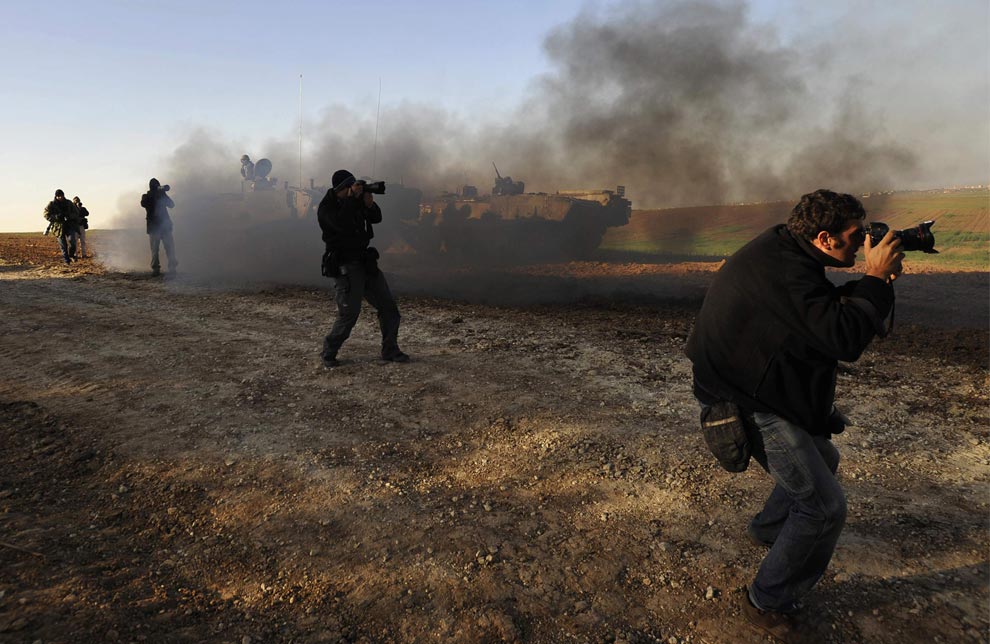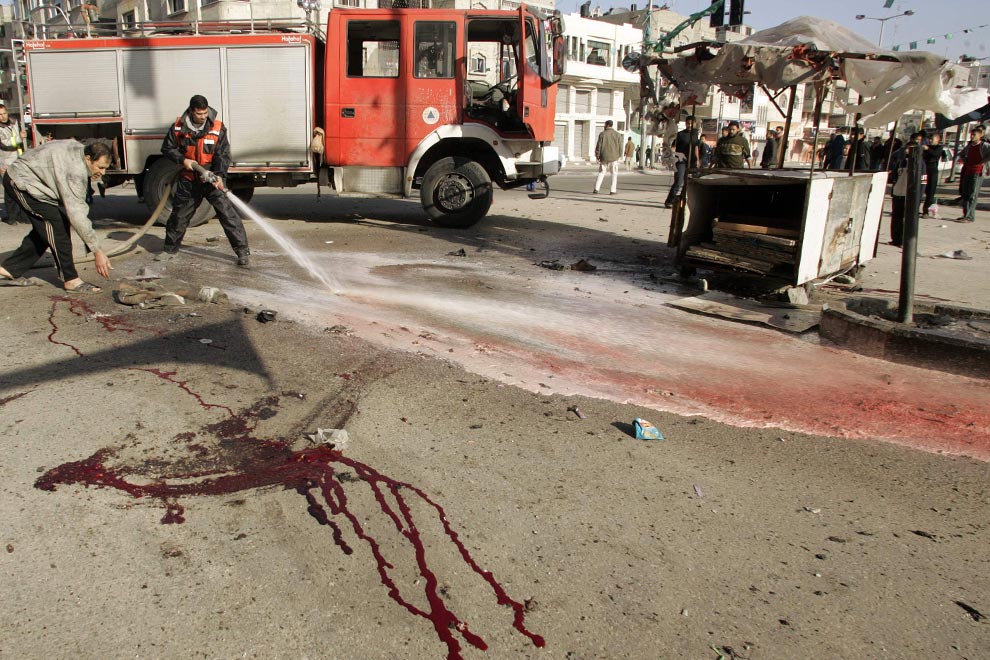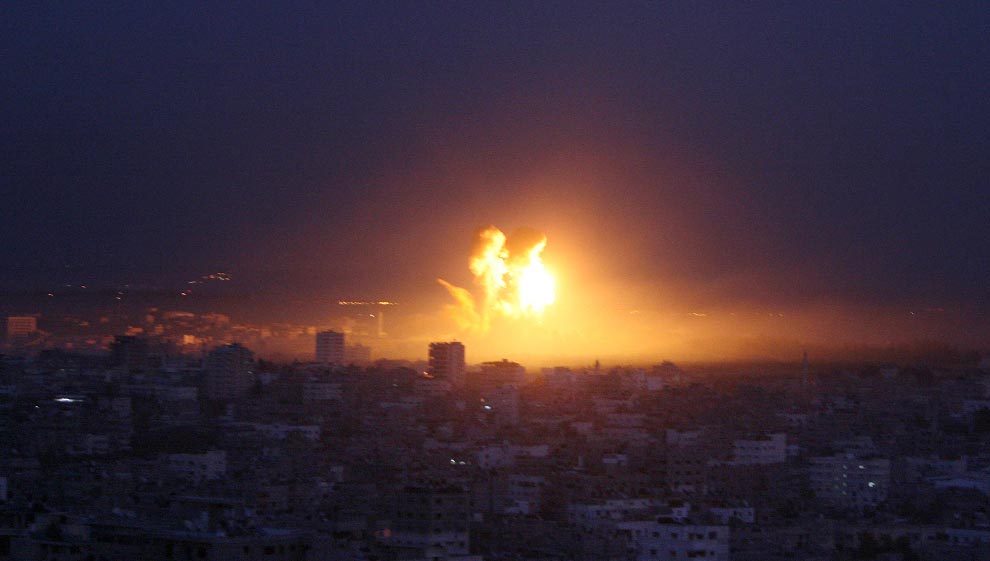Butchering the Human Carcass for Human Consumption
This is a step-by-step guide on how to break down the human body from the full figure into serviceable choice cuts of meat. As in any field, there are a number of methods to the practice, and you may wish to view this as a set of suggestions rather than concrete rules. You will notice that the carving of the larger or "commercial" cuts down into smaller specific or "retail" cuts will be only mentioned in passing, and not concentrated upon. Also, the use of human fat and viscera is generally avoided, and left only to the most experimental chef. These choices, along with recipes and serving suggestions, are nearly infinite in variety, and we leave them to you. We've found these guidelines to be simple and functional, but recognize that there is always room for improvement and we welcome your suggestions.
Before getting to the main task, it must be mentioned that the complete rendering of the human carcass requires a fairly large amount of time, effort, and space. If the consumer does not wish to go through the ordeal of processing and storing the bulk of the entire animal, an easy alternative is as follows. Simply saw through one or both legs at the points directly below the groin and a few inches above the knee. Once skinned, these portions may then be cut into round steaks of the carver's preferred thickness, cut into fillets, deboned for a roast, etc. Meat for several meals is thus readily obtained without the need for gutting and the complexities of preparing the entire form.
The human being (also referred to throughout culinary history as "long pig" and "hairless goat" in the case of younger specimens) is not generally thought of as a staple food source. Observing the anatomy and skeleton, one can see that the animal is neither built nor bred for its meat, and as such will not provide nearly as much flesh as a pig or cow (for example, an average 1000 pound steer breaks down to provide 432 pounds of saleable beef). The large central pelvis and broad shoulder blades also interfere with achieving perfect cuts. There are advantages to this however, especially due to the fact that the typical specimen will weigh between 100-200 pounds, easily manipulated by one person with sufficient leverage.
Here the caution in choosing your meal must be mentioned. It is VERY IMPORTANT to remember that animals raised for slaughter are kept in tightly controlled environments with their health and diet carefully maintained. Humans are not. Thus not only is the meat of each person of varying quality, but people are also subject to an enormous range of diseases, infections, chemical imbalances, and poisonous bad habits, all typically increasing with age. Also as an animal ages, the meat loses its tenderness, becoming tough and stringy. No farm animal is ever allowed to age for thirty years. Six to thirteen months old is a more common slaughtering point. You will obviously want a youthful but mature physically fit human in apparently good health. A certain amount of fat is desirable as "marbling" to add a juicy, flavorful quality to the meat. We personally prefer firm Caucasian females in their early twenties. These are "ripe". But tastes vary, and it is a very large herd.
The butcher will need a fairly roomy space in which to work (an interior location is suggested), and a large table for a butcher's block. A central overhead support will need to be chosen or installed ahead of time to hang the carcass from. Large tubs or barrels for blood and waste trimmings should be convenient, and a water source close by. Most of the work can be done with a few simple tools: sharp, clean short and long bladed knives, a cleaver or hatchet, and a hacksaw.
Body Preparation: Acquiring your subject is up to you. For best results and health, freshness is imperative. A living human in captivity is optimal, but not always available. When possible make sure the animal has no food for 48 hours, but plenty of water. This fasting helps flush the system, purging stored toxins and bodily wastes, as well as making bleeding and cleaning easier. Under ideal conditions, the specimen will then be stunned into insensitivity. Sharp unexpected blows to the head are best, tranquilizers not being recommended as they may taint the flavor of the meat. If this is not possible without exciting the animal and causing a struggle (which will pump a greater volume of blood and secretions such as adrenaline throughout the body), a single bullet through the middle of the forehead or back of the skull will suffice.
Hanging: Once the animal is unconscious or dead, it is ready to be hoisted. Get the feet up first, then the hands, with the head down. This is called the "Gein configuration". Simple loops of rope may be tied around the hands and feet and then attached to a crossbar or overhead beam. Or, by making a cut behind the Achilles tendon, a meathook may be inserted into each ankle for hanging support. The legs should be spread so that the feet are outside the shoulders, with the arms roughly parallel to the legs. This provides access to the pelvis, and keeps the arms out of the way in a ready position for removal. It's easiest to work if the feet are slightly above the level of the butcher's head.
Bleeding: Place a large open vessel beneath the animal's head. With a long-bladed knife, start at one corner of the jaw and make a deep "ear-to-ear" cut through the neck and larynx to the opposite side. This will sever the internal and external carotid arteries, the major blood vessels carrying blood from the heart to the head, face, and brain. If the animal is not yet dead, this will kill it quickly, and allow for the blood to drain in any case. After the initial rush of blood, the stream should be controllable and can be directed into a receptacle. Drainage can be assisted by massaging the extremities down in the direction of the trunk, and by compressing and releasing, "pumping", the stomach. A mature specimen will contain almost six liters of blood. There is no use for this fluid, unless some source is waiting to use it immediately for ritual purposes. It acts as an emetic in most people if drunk, and it must be mentioned here that because of the eternal possibility of AIDS it is recommended that for safety's sake all blood should be considered to be contaminated and disposed of in some fashion. It is not known whether an HlV-infected human's flesh is dangerous even if cooked, but this is another item to consider when choosing a specimen, someone in the low-risk strata.
Beheading: When the bleeding slows, preparation for decapitation can be started. Continue the cut to the throat around the entire neck, from the jawline to the back of the skull. Once muscle and ligament have been sliced away, the head can be cleanly removed by gripping it on either side and twisting it off, separation occurring where the spinal cord meets the skull. This is indicative of the method to be used for dividing other bones or joints, in that the meat should generally be cut through first with a knife, and the exposed bone then separated with a saw or cleaver. The merits of keeping the skull as a trophy are debatable for two principal reasons. First, a human skull may call suspicious attention to the new owner. Secondly, thorough cleaning is difficult due to the large brain mass, which is hard to remove without opening the skull. The brain is not good to eat. Removing the tongue and eyes, skinning the head, and placing it outside in a wire cage may be effective. The cage allows small scavengers such as ants and maggots to cleanse the flesh from the bones, while preventing it being carried off by larger scavengers, such as dogs and children. After a sufficient period of time, you may retrieve the skull and boil it in a dilute bleach solution to sterilize it and wash away any remaining tissue.
Skinning: After removing the head, wash the rest of the body down. Because there is no major market for human hides, particular care in removing the skin in a single piece is not necessary, and makes the task much easier. The skin is in fact a large organ, and by flaying the carcass you not only expose the muscular configuration, but also get rid of the hair and the tiny distasteful glands which produce sweat and oil. A short-bladed knife should be used to avoid slicing into muscle and viscera. The skin is composed of two layers, an outer thinner one with a thicker tissue layer below it. When skinning, first score the surface, cutting lightly to be sure of depth and direction. The diagram of the skinning pattern is an example of strip-style skinning, dividing the surface into portions easy to handle. Reflect the skin by lifting up and peeling back with one hand, while bringing the knife in as flat to the skin as possible to cut away connective tissue. The external genitals present only a small obstacle. In the male the penis and scrotum can be pulled away from the body and severed, in the female the outer lips skinned as the rest of the body. It is important to leave the anus untouched at this point, and a circle of skin should be left around it. You need not bother skinning the hands and feet, these portions not being worth the effort unless you plan to pickle them or use them in soup. The skin can be disposed of, or made into fried rinds. Boil the strips and peel away the outer layer, then cut into smaller pieces and deep-fat fry in boiling oil until puffy and crisp. Dust with garlic salt, paprika and cayenne pepper.
Gutting: The next major step is complete evisceration of the carcass. To begin, make a cut from the solar plexus, the point between the breastbone and stomach, almost to the anus. Be very careful not to cut into the intestines, as this will contaminate the surrounding area with bacteria and possibly feces (if this does happen, cleanse thoroughly). A good way to avoid this is to use the knife inside the abdominal wall, blade facing toward you, and making cautious progress.
Make a cut around the anus, or "bung", and tie it off with twine. This also prevents contamination, keeping the body from voiding any material left in the bowel. With a saw, cut through the pubic bone, or "aitch". The lower body is now completely open, and you can begin to pull the organ masses (large and small intestines, kidneys, liver, stomach) out and cut them away from the back wall of the body.
For the upper torso, first cut through the diaphragm around the inner surface of the carcass. This is the muscular membrane which divides the upper, or thoracic, and the lower abdominal cavities. Remove the breastbone, cutting down to the point on each side where it connects to the ribs, and then sawing through and detaching it from the collar bone. Some prefer to cut straight through the middle, depending on the ideas you have for cuts in the final stages. The heart and lungs may be detached and the throat cut into to remove the larynx and trachea. Once all of the inner organs have been removed, trim away any blood vessels or remaining pieces of connective tissue from the interior of the carcass, and wash out thoroughly.
Remove the Arms: Actual butchering of the carcass is now ready to begin. Cut into the armpit straight to the shoulder, and remove the arm bone, the humerus, from the collar bone and shoulder blade. Chop the hand off an inch or so above the wrist. Most of the meat here is between elbow and shoulder, as the muscle groups are larger here and due to the fact that there are two bones in the forearm. Another way of cutting this portion is to cut away the deltoid muscle from the upper arm near the shoulder (but leaving it attached to the trunk) before removing the limb. This decreases the percentage of useable meat on the arm, but allows a larger shoulder strip when excising the shoulder blade. Purely a matter of personal preference. Cut into and break apart the joint of the elbow, and the two halves of each arm are now ready for carving servings from. Human flesh should always be properly cooked before eating.
Halving the Carcass: The main body is now ready to be split. Some like to saw straight through the spine from buttocks to neck. This leaves the muscle fiber encasing the vertebrae on the end of the ribs. The meat here however is tightly wrapped about the bone, and we find it more suitable (if used at all) when boiled for soup. Thus, our preferred method is to completely remove the entire backbone by cutting and then sawing down either side from the tailbone on through.
Quartering the Carcass: The halves may now be taken down, unless your preparation table or butcher block is very short. This is inadequate, and you will have to quarter while hanging, slicing through the side at a point of your choosing between rib cage and pelvis. Now is also the time to begin thinking about how you would like to serve the flesh, as this will determine the style of cuts you are about to make. These will also be greatly affected by the muscular configuration (physical fitness) of your specimen. First, chop the feet off at a point about three inches up from the ankle. The bones are very thick where the leg connects to the foot. You will want to divide the side of meat into two further principal portions: the ribs and shoulder, and the half-pelvis and leg. In between is the "flank" or belly, which may be used for fillets or steaks, if thick enough, or even bacon strips if you wish to cut this thinly. Thin and wide strips of flesh may also be rolled, and cooked to serve as a roast. Trim away along the edge of the ribs, and then decide whether you will cut steaks from the flank into the thighs and rump, and carve accordingly.
Cutting the Top Quarter: Although not actually 25% of the meat you will get, this is designated as one-fourth of the carcass as divided into major portions. You may trim away the neck, or leave it to be connected with the shoulder, or "chuck". The first major step with this mass is to remove the shoulder blade and the collar bone. The best and easiest way we have found is to just cut along the outline of the shoulder blade, removing the meat on top and then dislocating the large bone. To excise the collar bone make an incision along its length and then cut and pry it away. Depending upon the development of the breast, you may decide it qualifies as a "brisket" and remove it before cutting the ribs. In the female the breast is composed largely of glands and fatty tissue, and despite its appetizing appearance is rather inedible. The ribs are the choice cut of the quarter. An perennial favorite for barbecuing, you may divide into sections of several ribs each and cook them as is, divide the strip in half for shorter ribs, or even carve rib steaks if the muscle mass is sufficient.
Cutting the Lower Quarter: This is where most of the meat is, humans being upright animals. The muscle mass is largest in the legs and rump. The bulk is so comparatively large here that you can do just about anything with it. The main pieces are the buttock or rump and the upper leg, the thigh. Our typical division is to cut the leg off at the bottom of the buttock, then chop away the bony mass of the knee, at places two to three inches away in either direction. Before doing this, however, you may want to remove the whole calf muscle from the back of the lower leg, as this is the best cut in its area. The upper leg is now ready for anything, most especially some beautiful, thick round steaks. The rump will have to be carved from the pelvis in a rather triangular piece. The legs attach at the hip at a forward point on the body, so there will be little interference as you carve along the curve of the pelvis. Remaining meat will be on the thighs in front of the pelvis.
And that's basically it. An average freezer provides plenty of storage space, or you may even wish to build a simple old-fashioned smokehouse (just like an outhouse, with a stone firepit instead of a shitter). Offal and other waste trimmings can be disposed of in a number of ways, burial, animal feed, and puree and flush being just a few. Bones will dry and become brittle after being baked an oven, and can be pulverized.
Bob Arson's White Devil Dinky-Dao Mothafucka Bobbacoo Sauce
Marinade/Baste/Dip/Bloody Leroy Mix
Ingredients:
1 8 oz. can tomato sauce
1 6 oz. can tomato paste
1 cup black coffee
3/4 cup beer (Killian's Red preferred)
3/4 cup fruit juice (citrus: orange/pineapple/mango type)
2 tblsp. whiskey
1 tblsp. lemon juice
1 tblsp. worcestershire sauce
1 tblsp. vinegar (red wine garlic preferred)
3 cloves garlic. minced
3 jalepeno peppers, minced
1/4 large onion, minced 1/8 red, 1/8 white preferred)
2 1/2 tsp. liquid smoke
2 tblsp. brown sugar
1 tblsp. molasses
1 1/2 tblsp. crushed red pepper
1 cube beef bouillon
1 1/2 tsp. salt
1 1/2 tsp ground black pepper
1 1/2 tsp. paprika
1 1/2 tsp. cayenne pepper
3 dashes basil
3 dashes oregano
3 dashes savory
ashes of one fine thin joint
